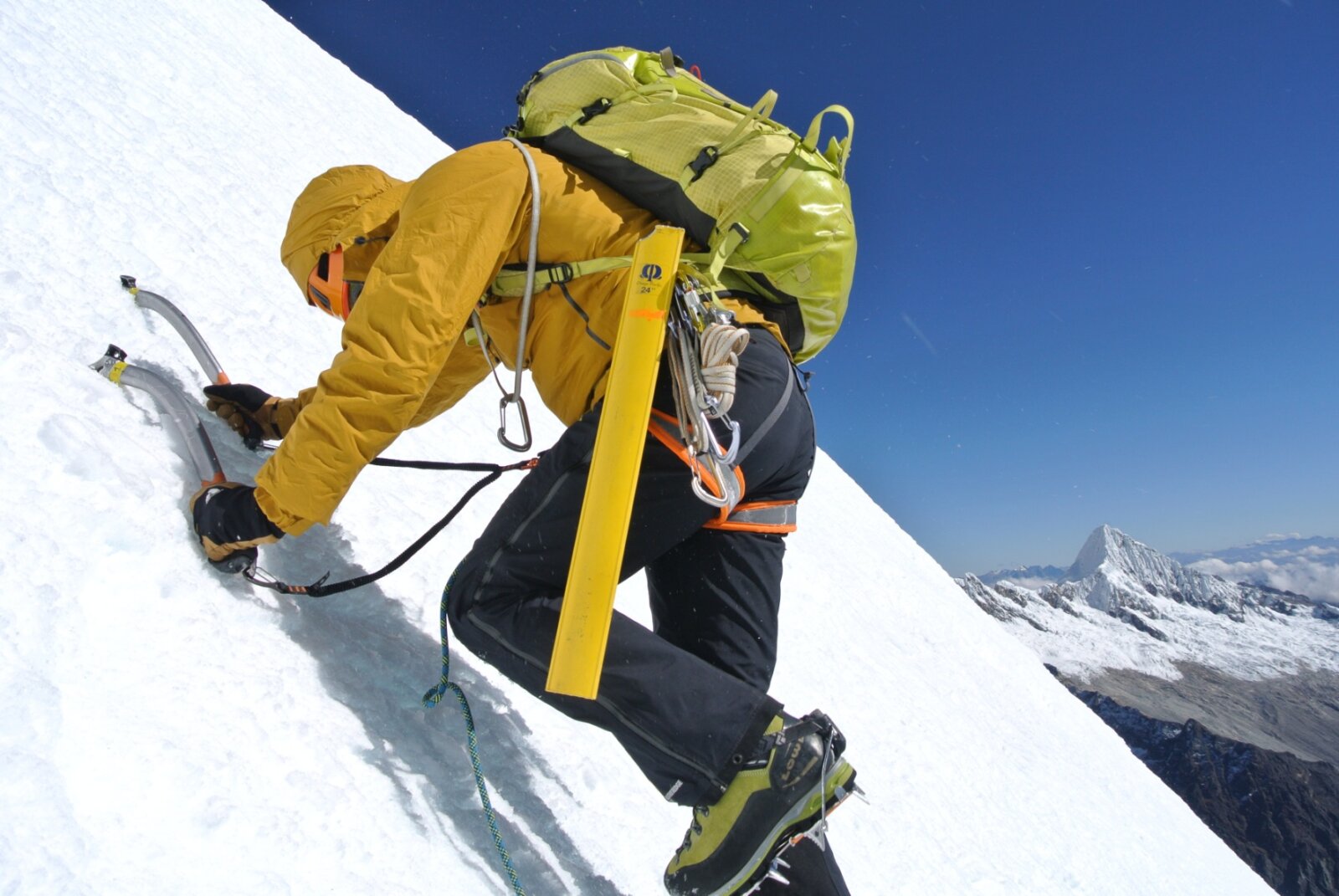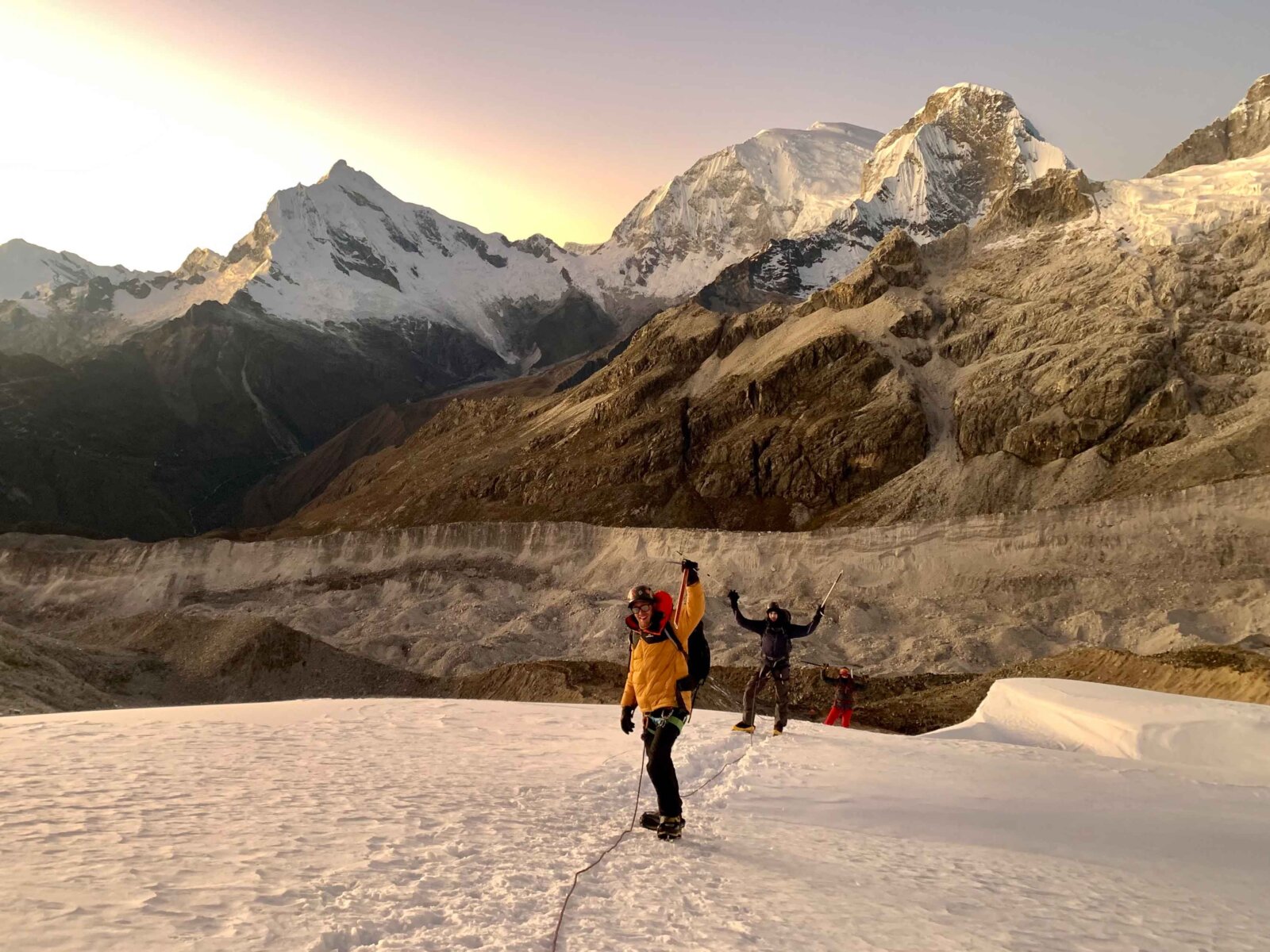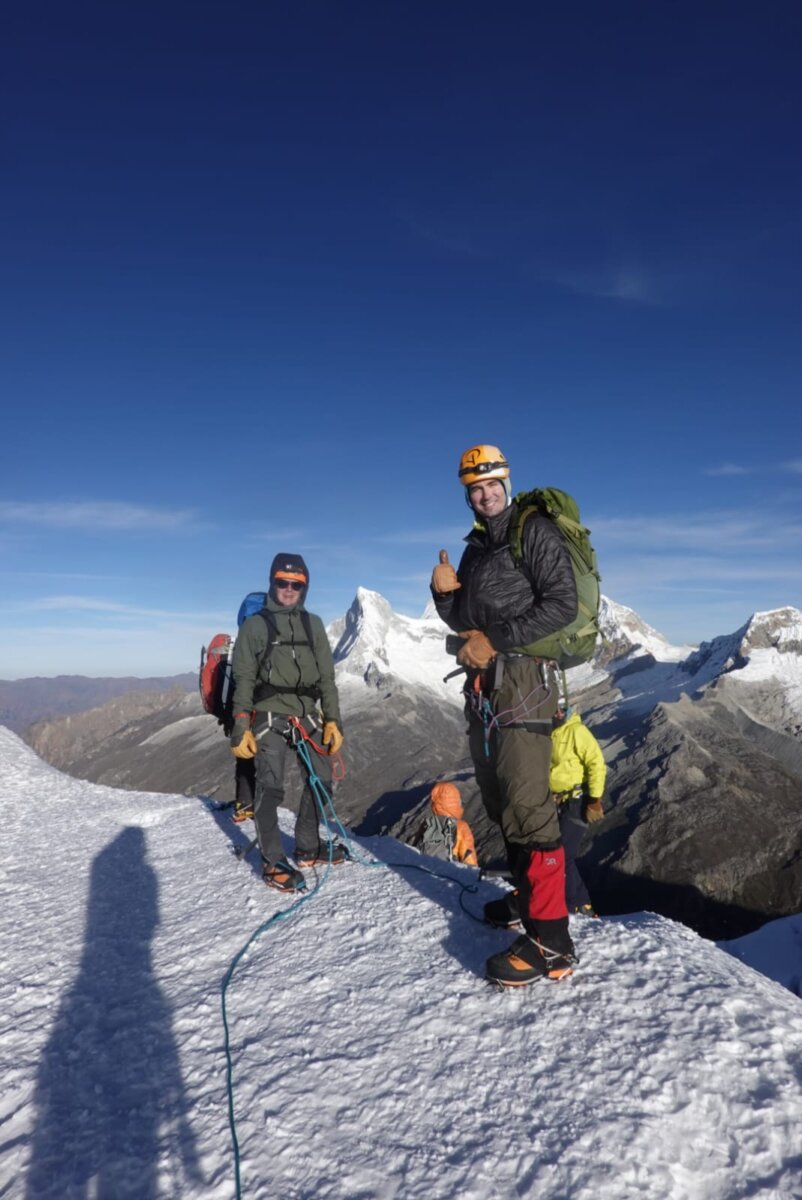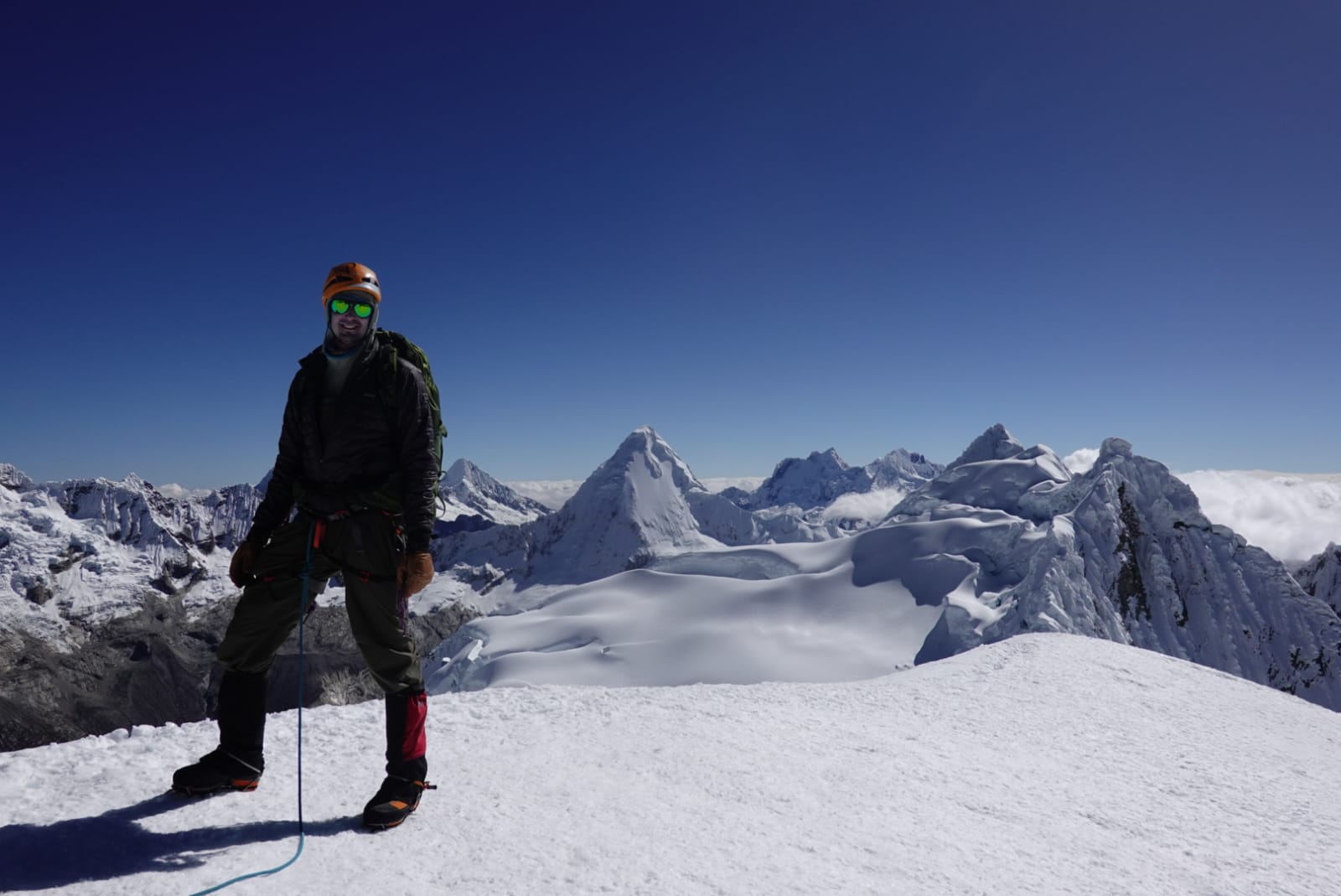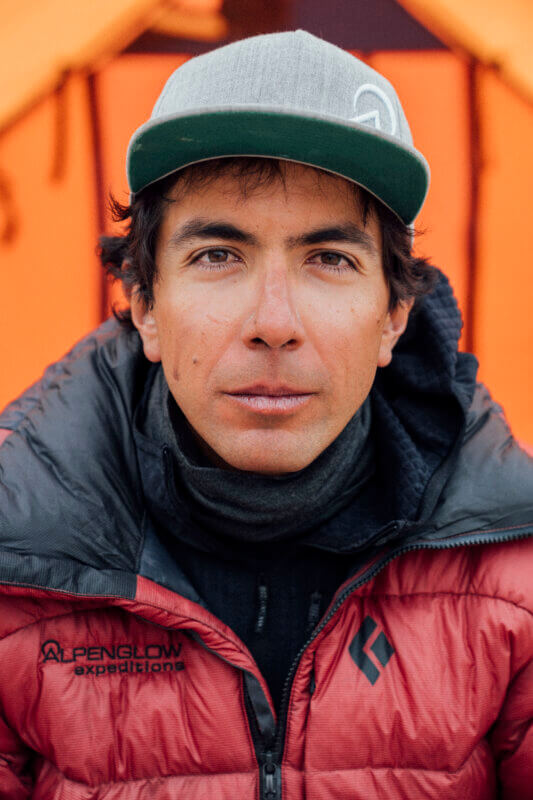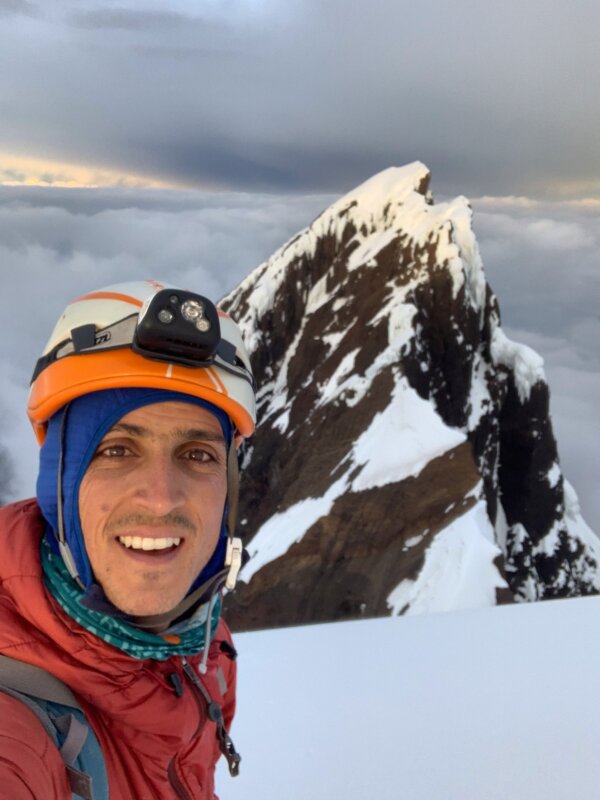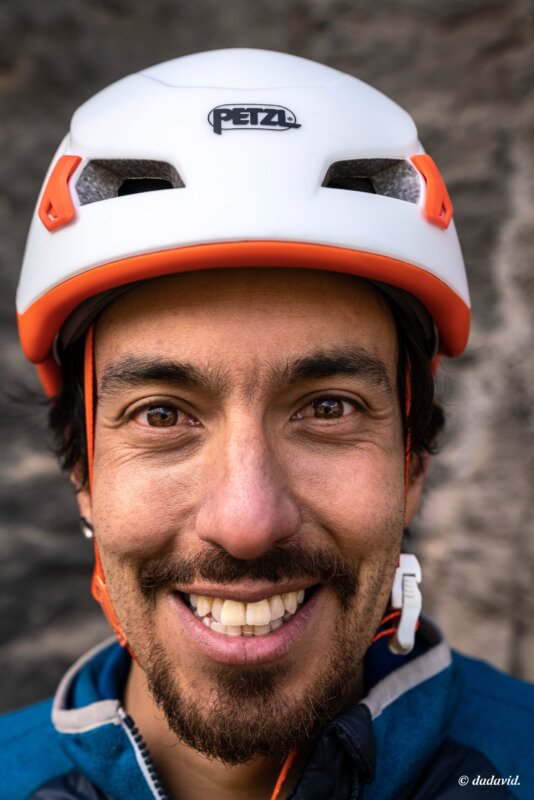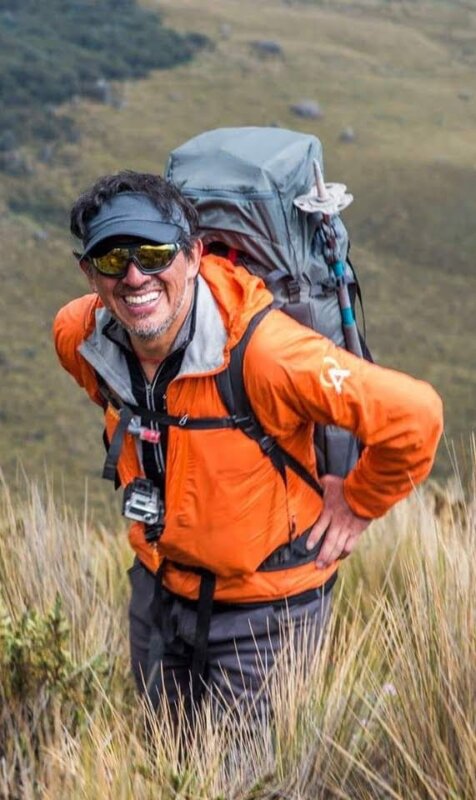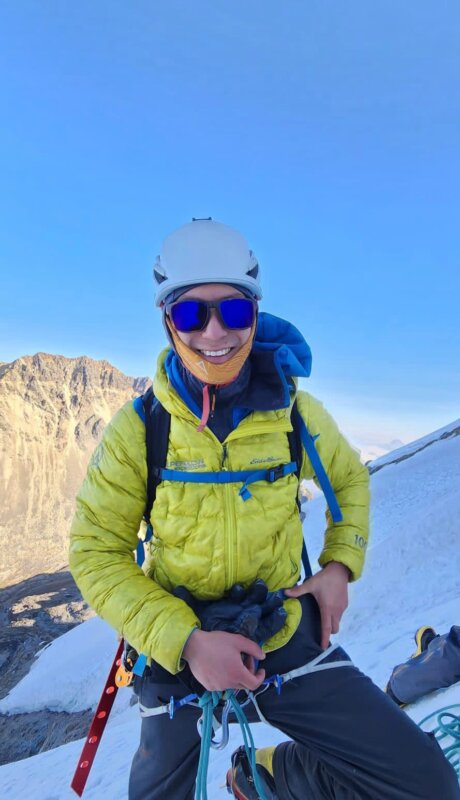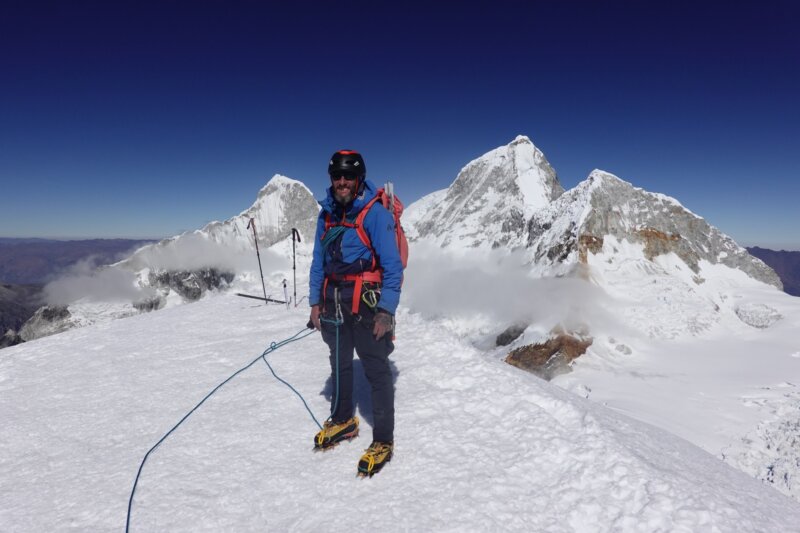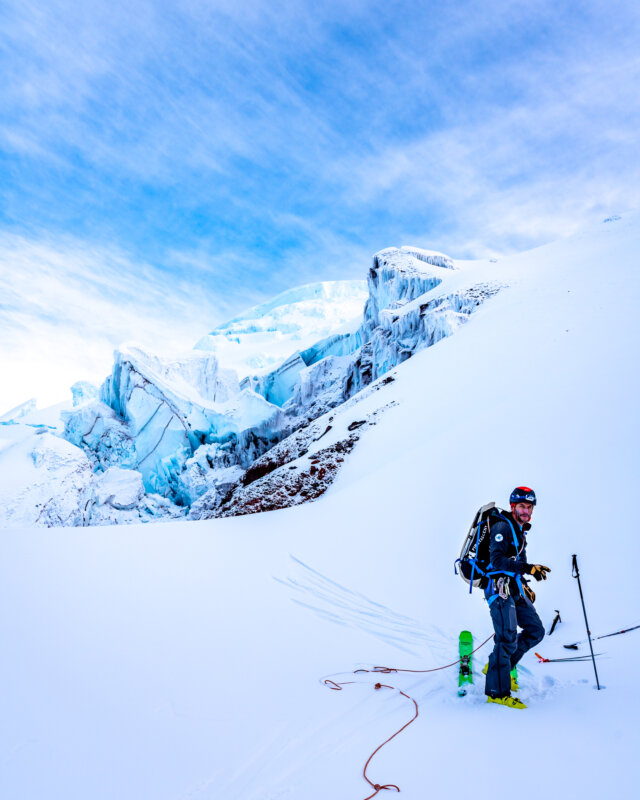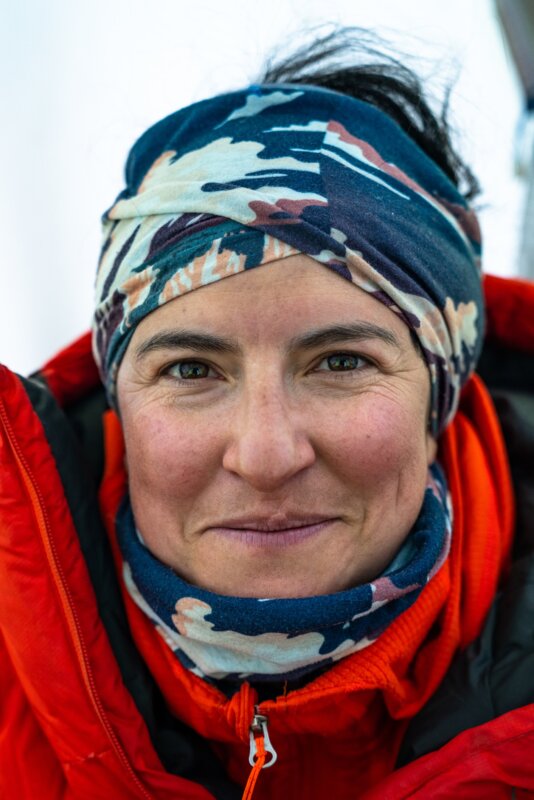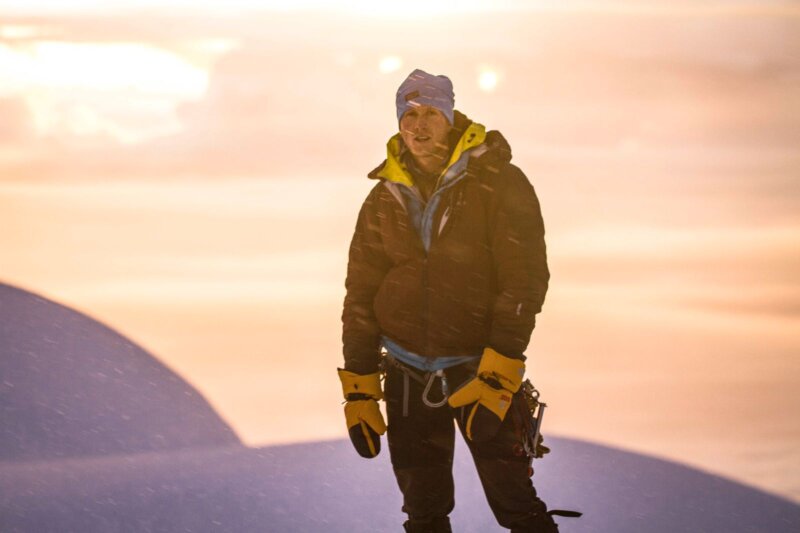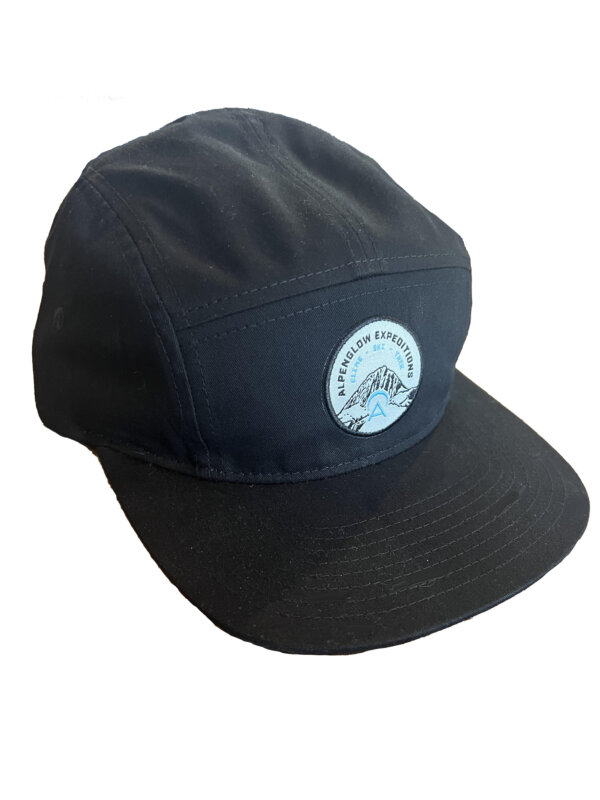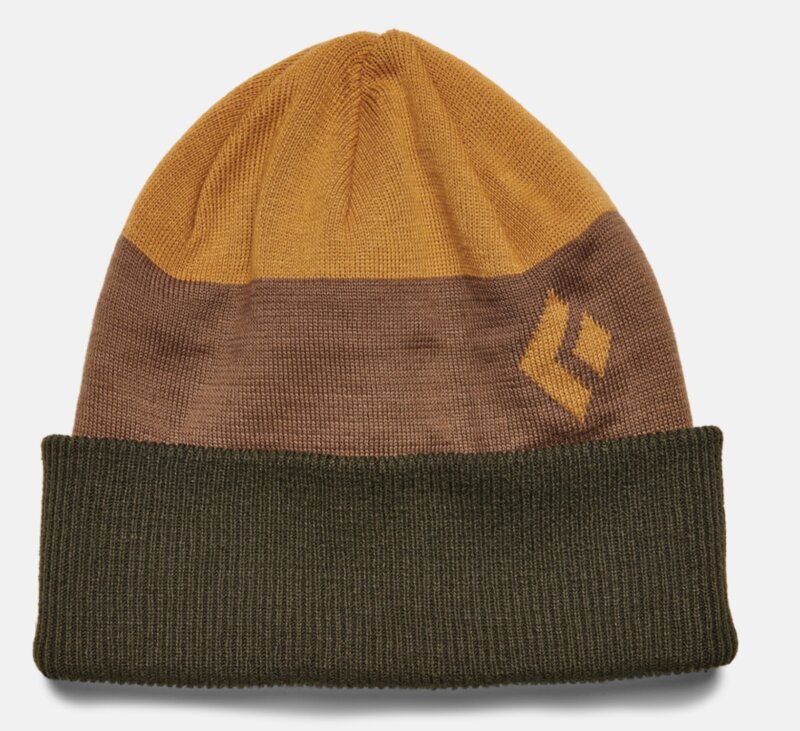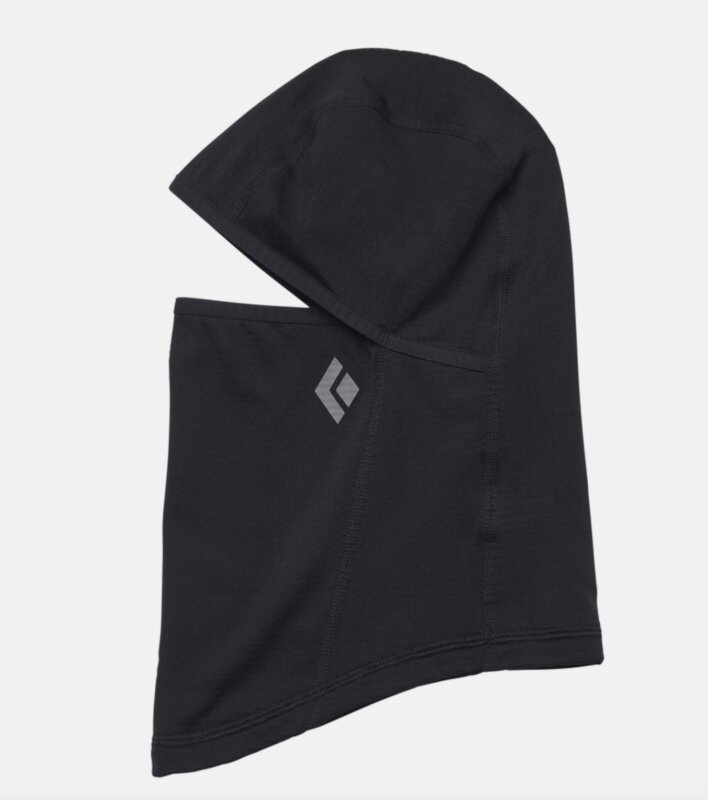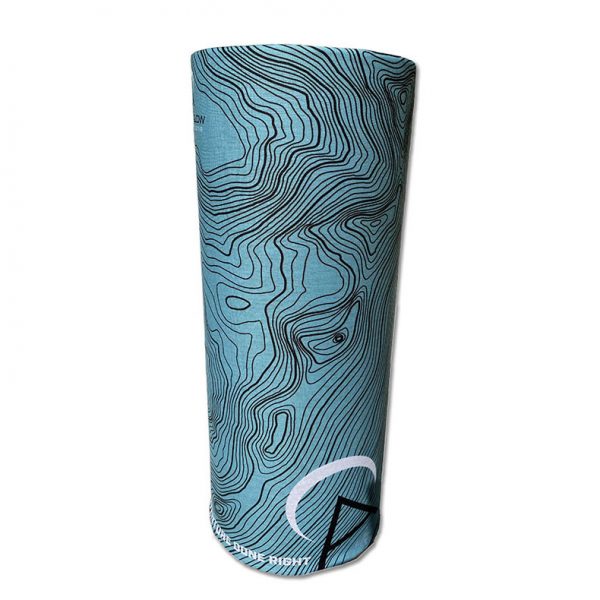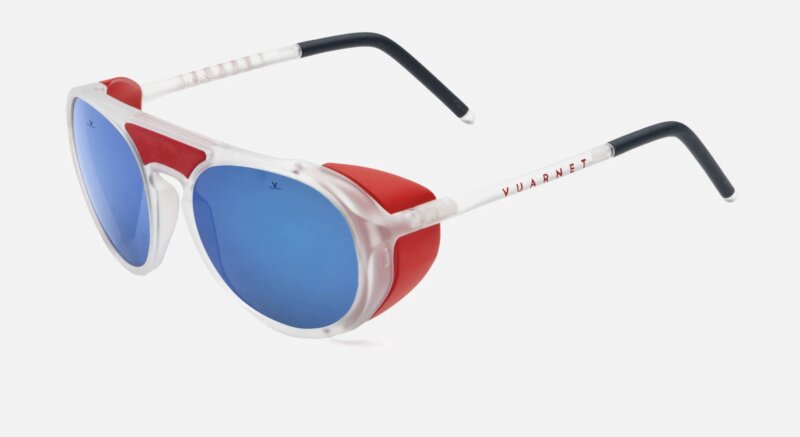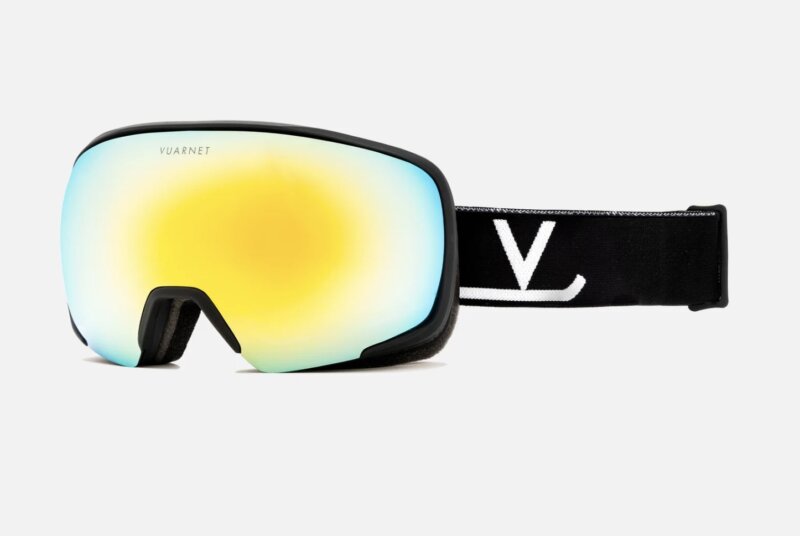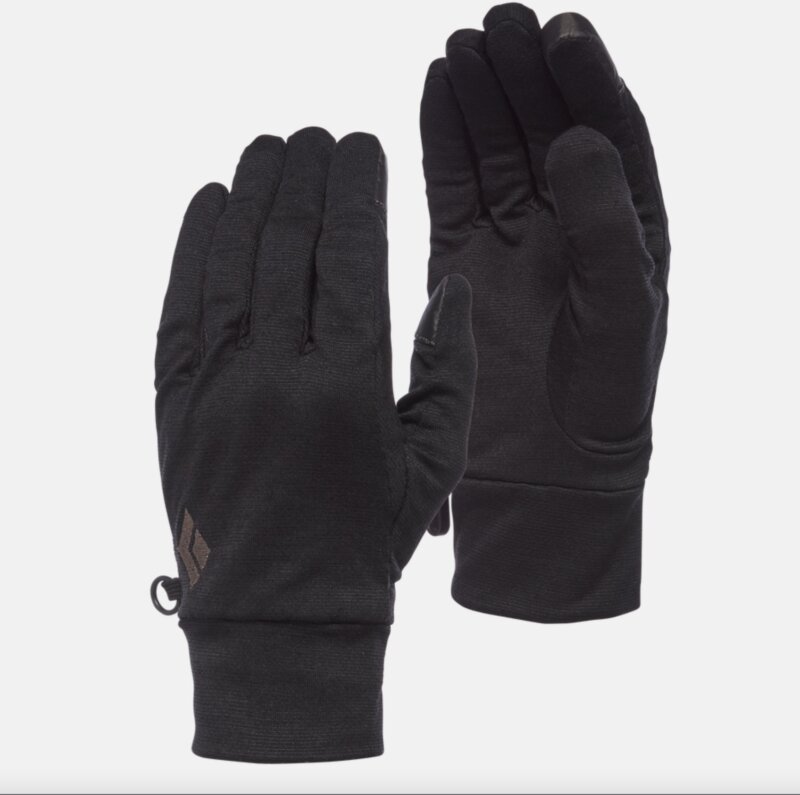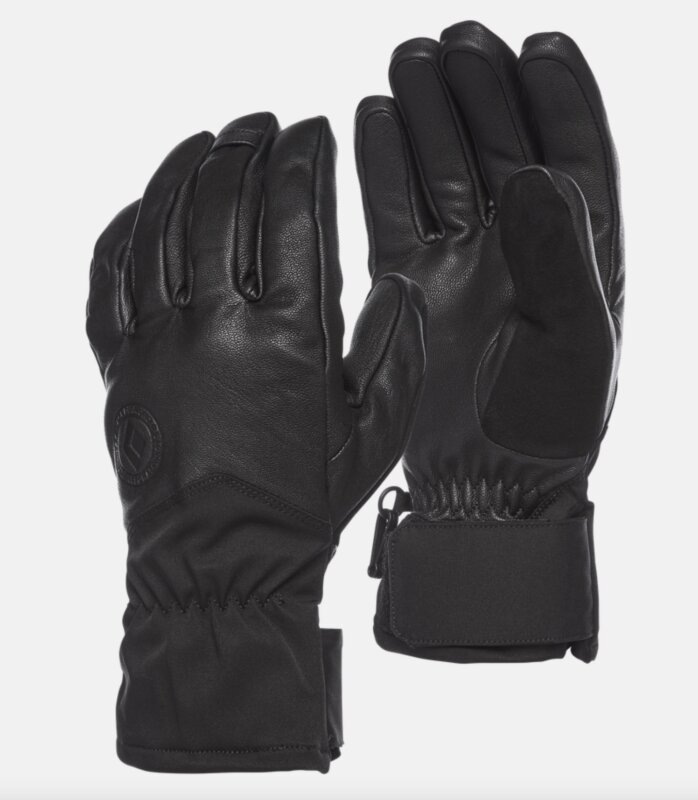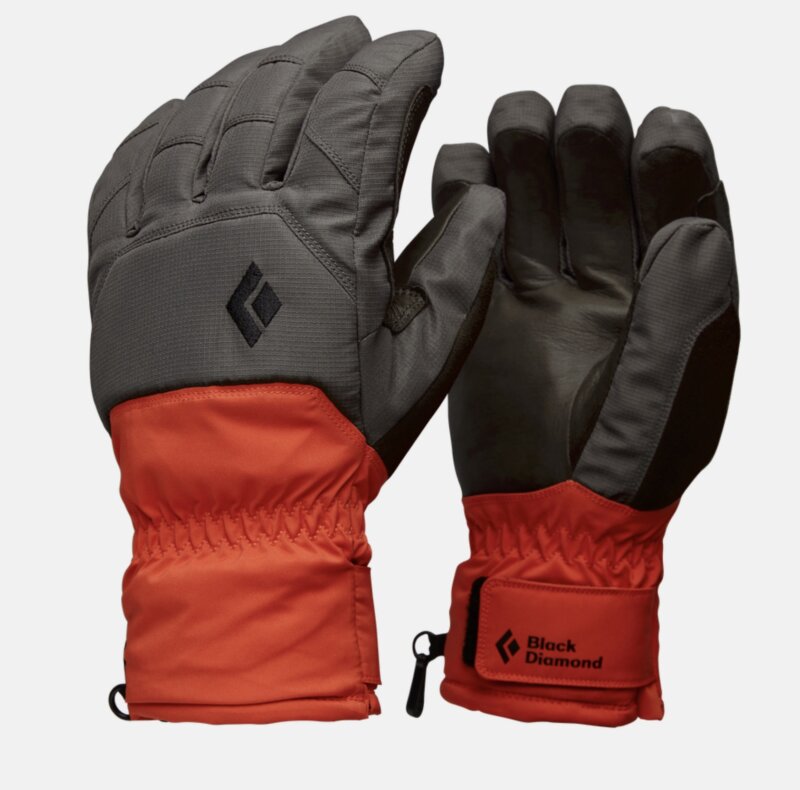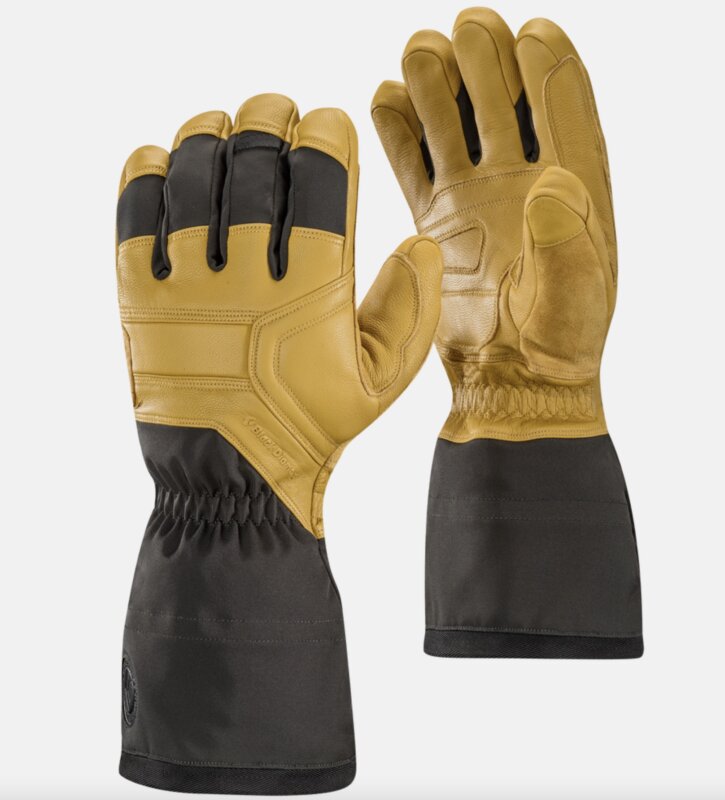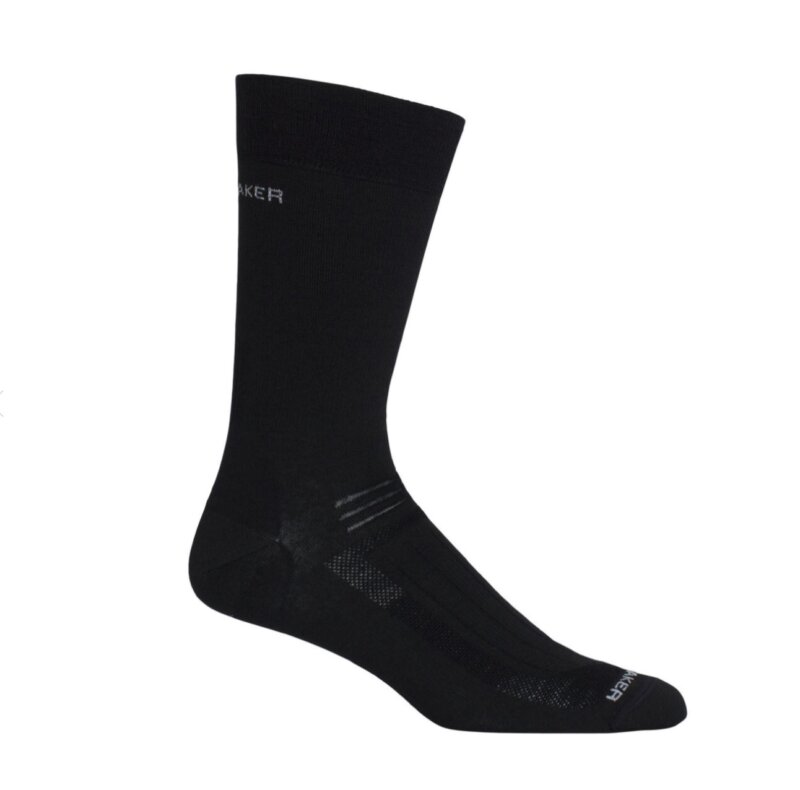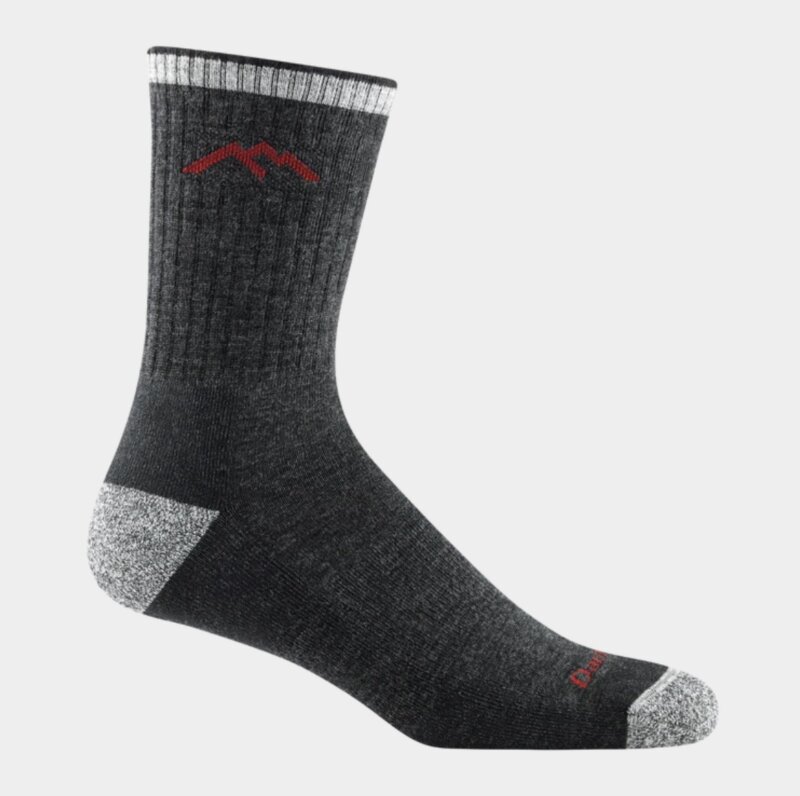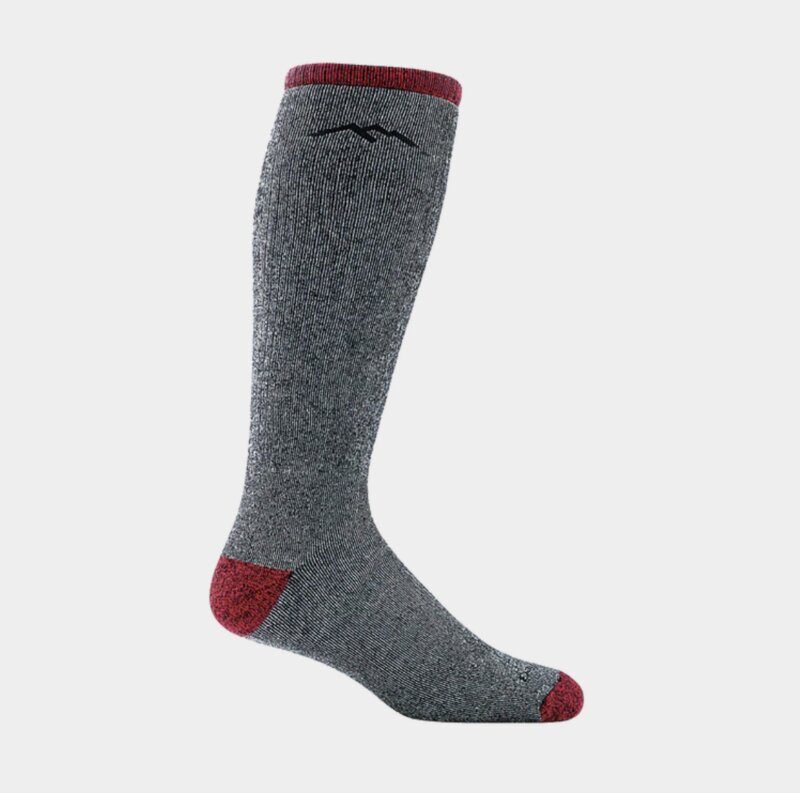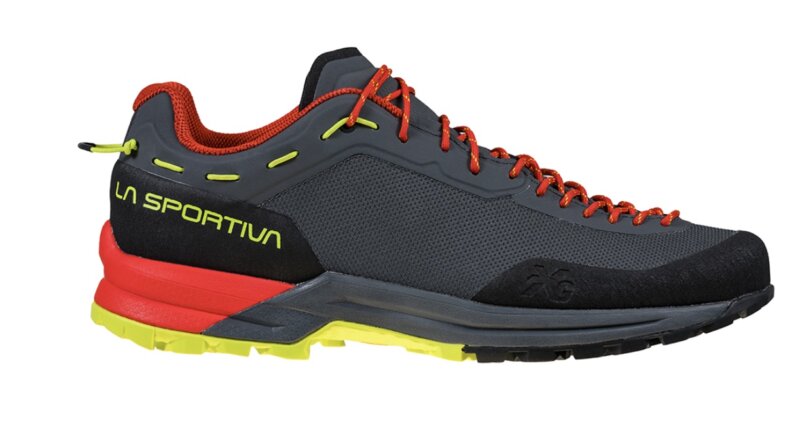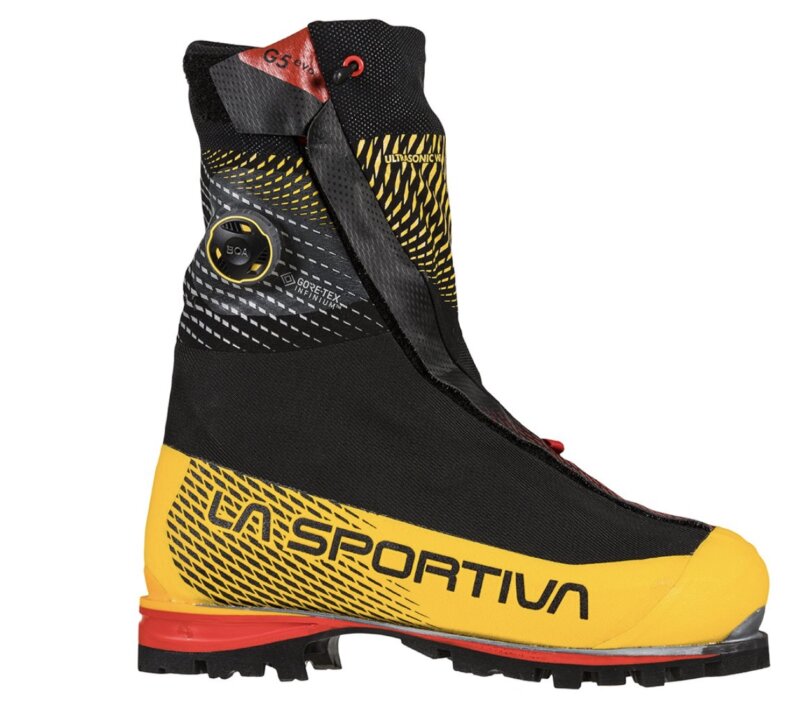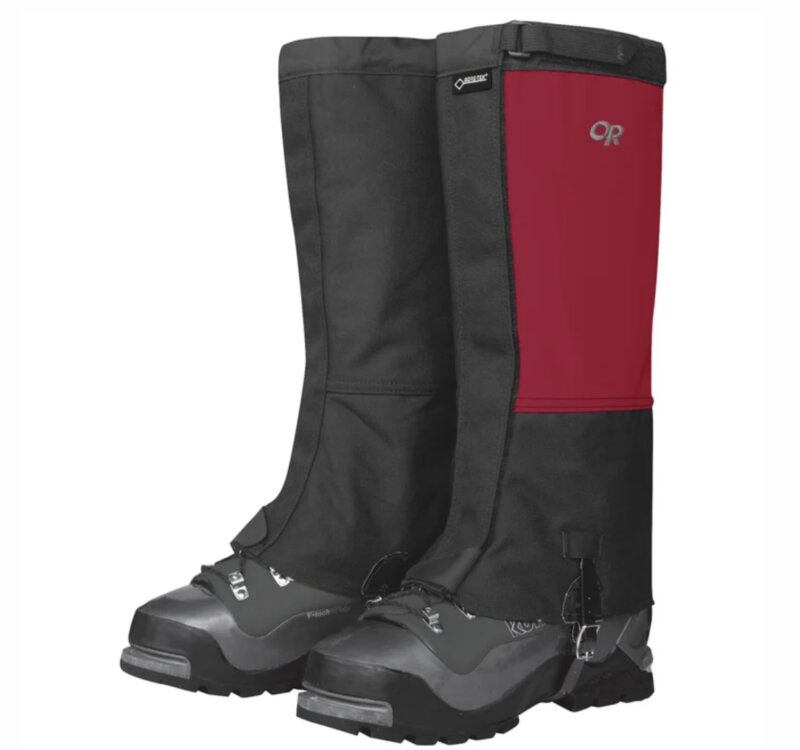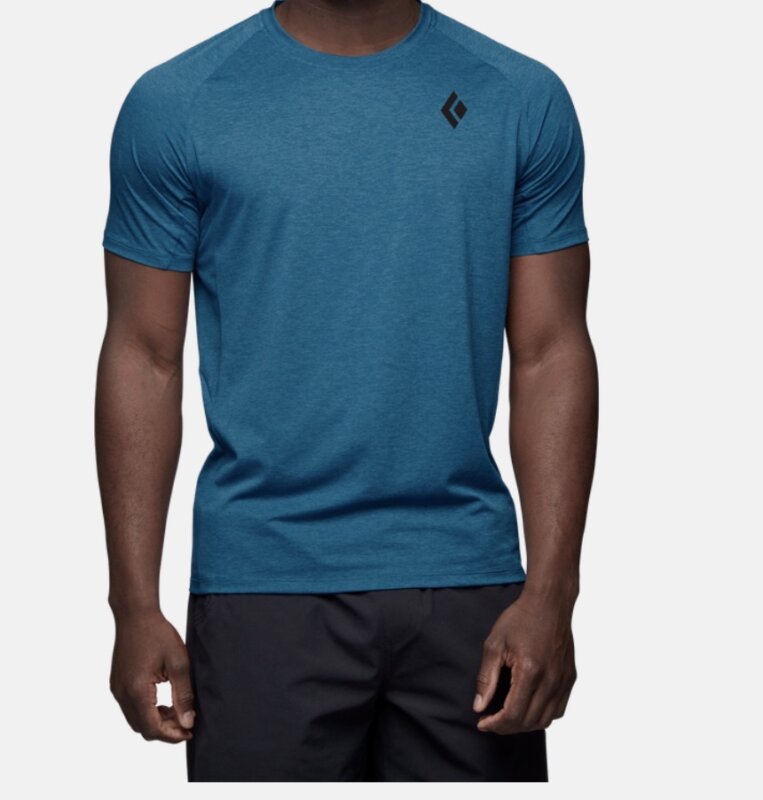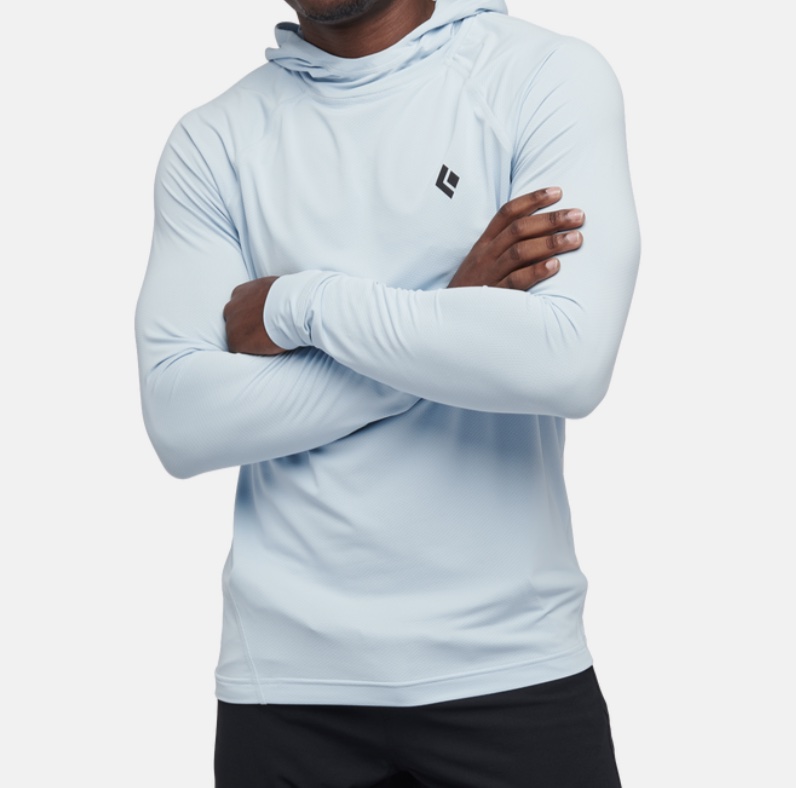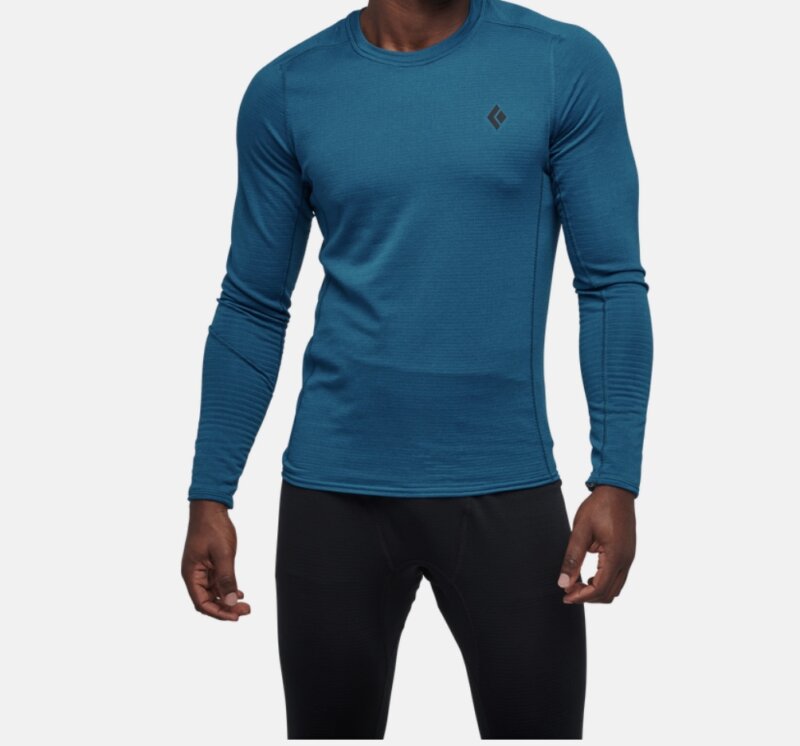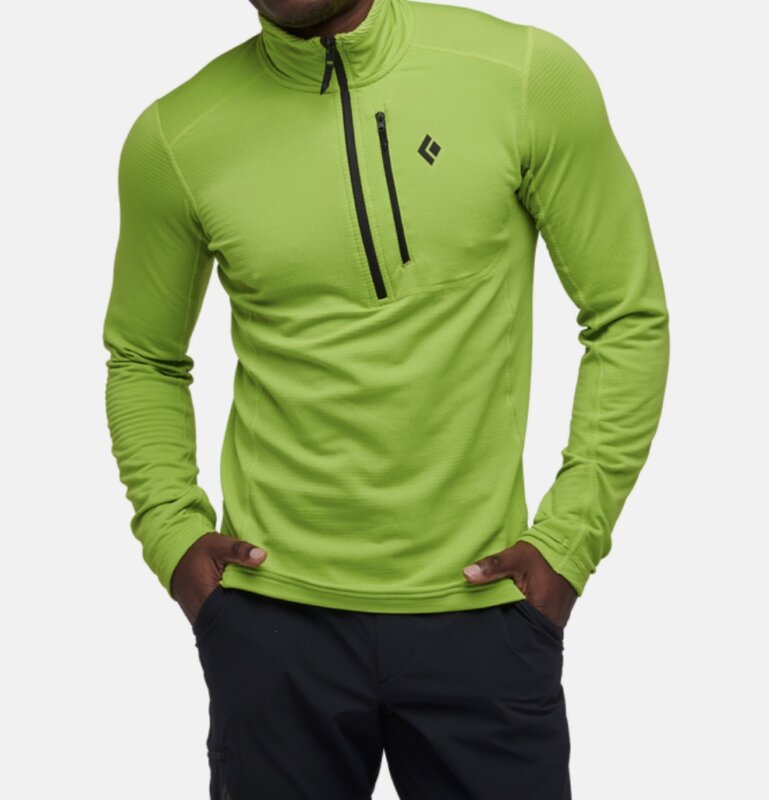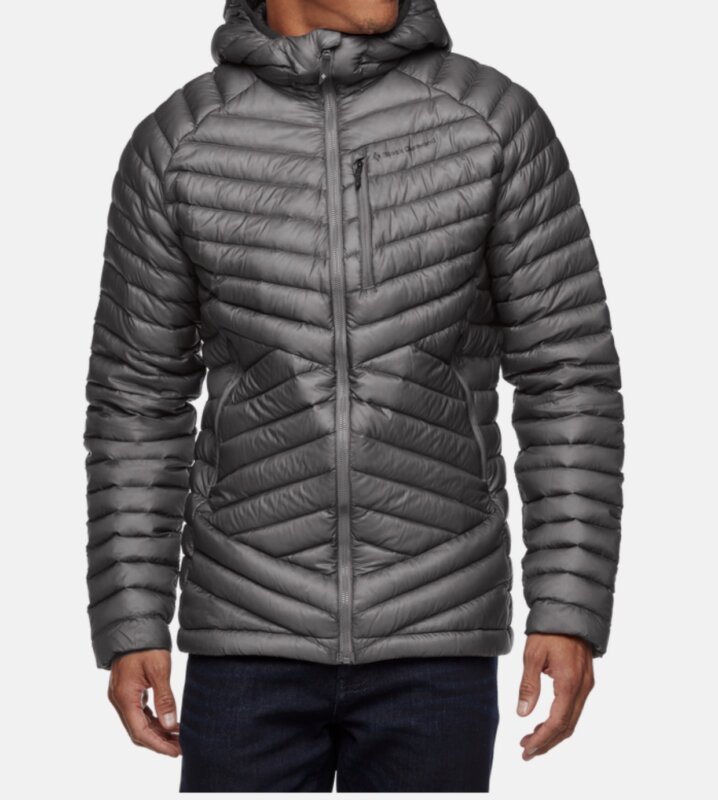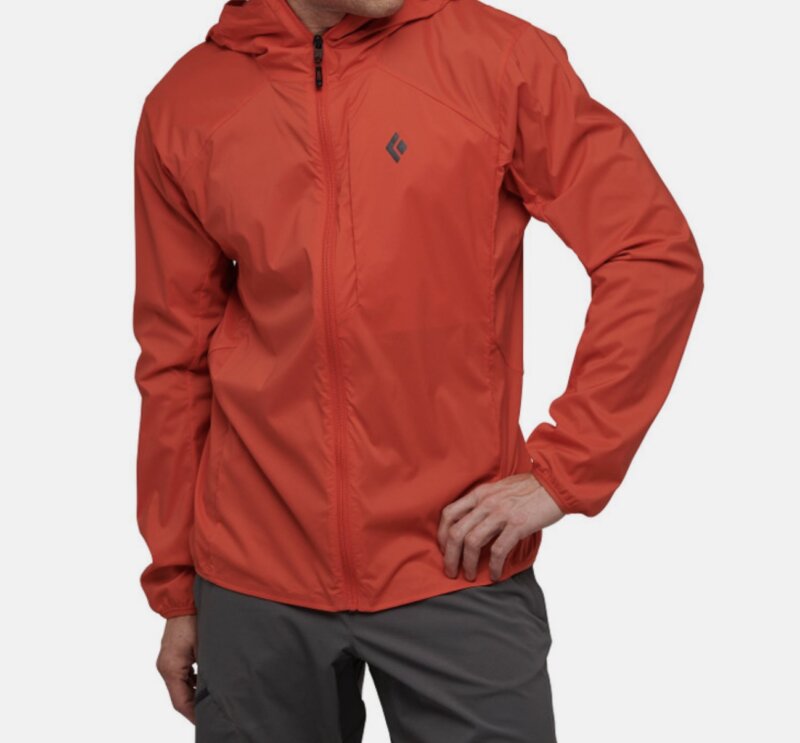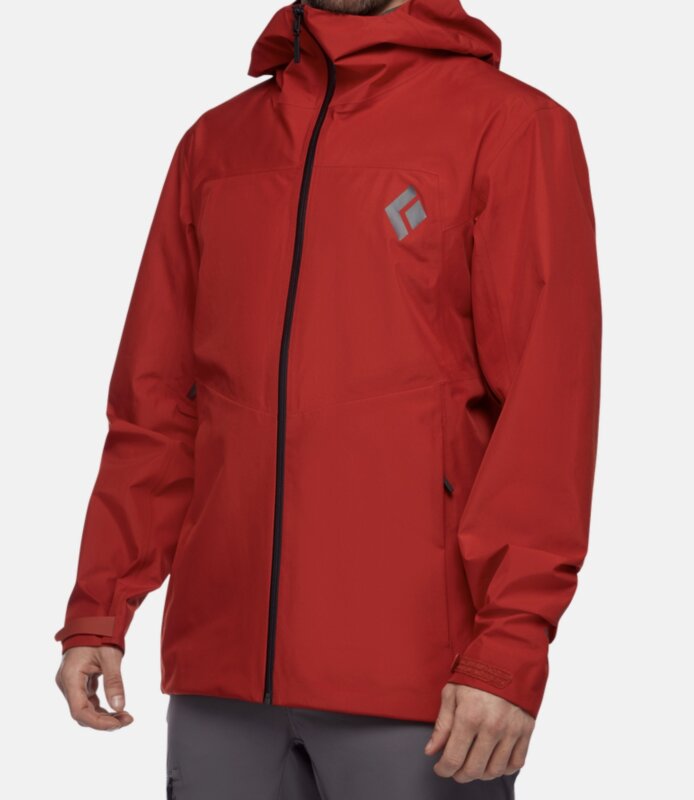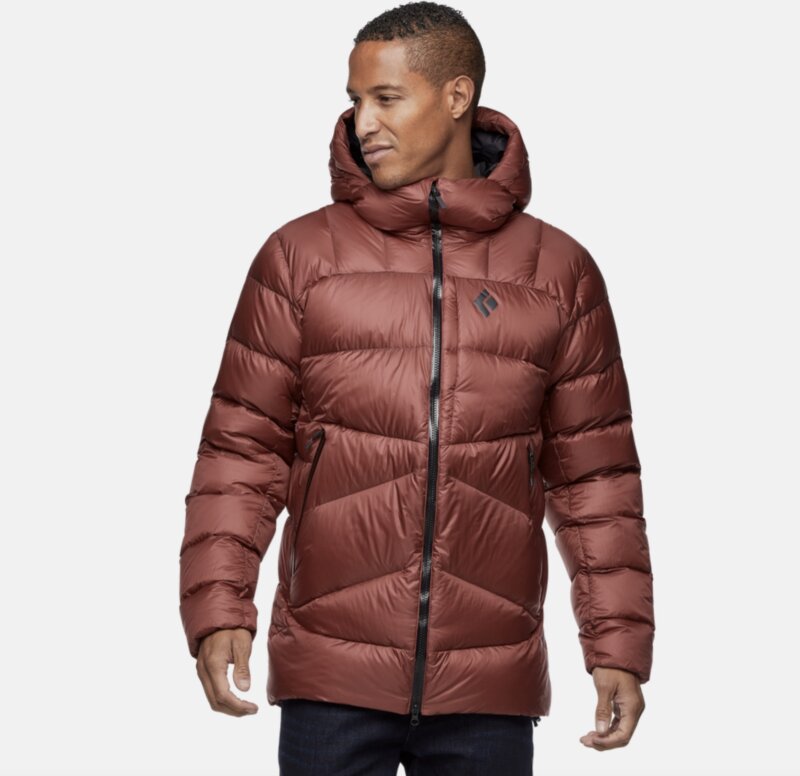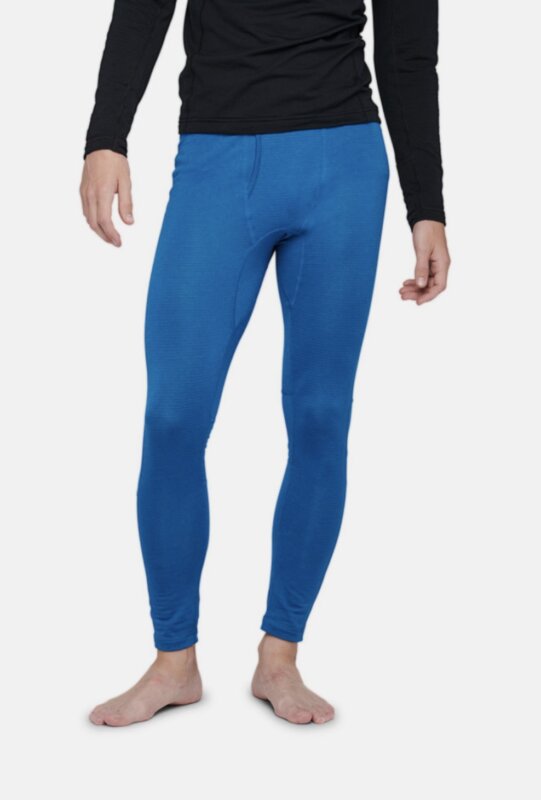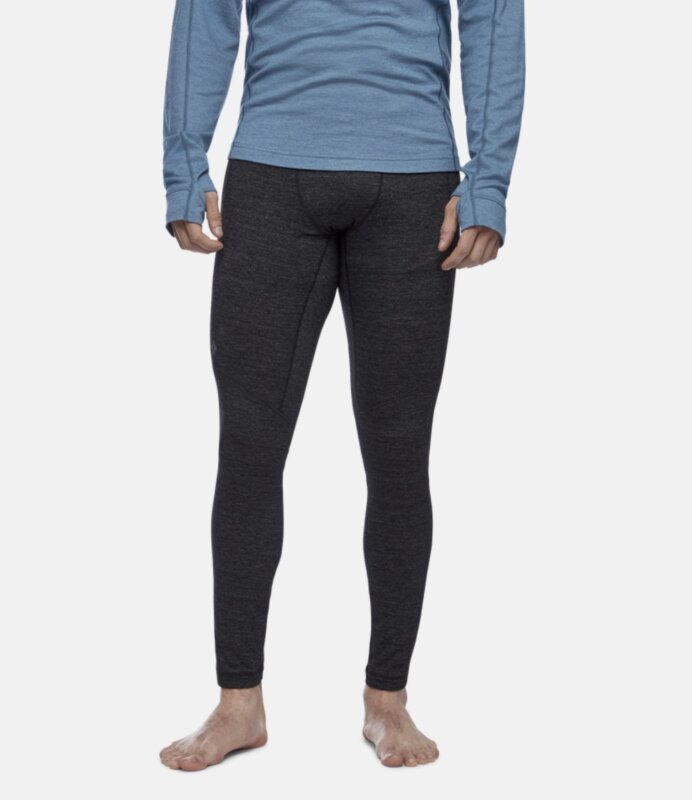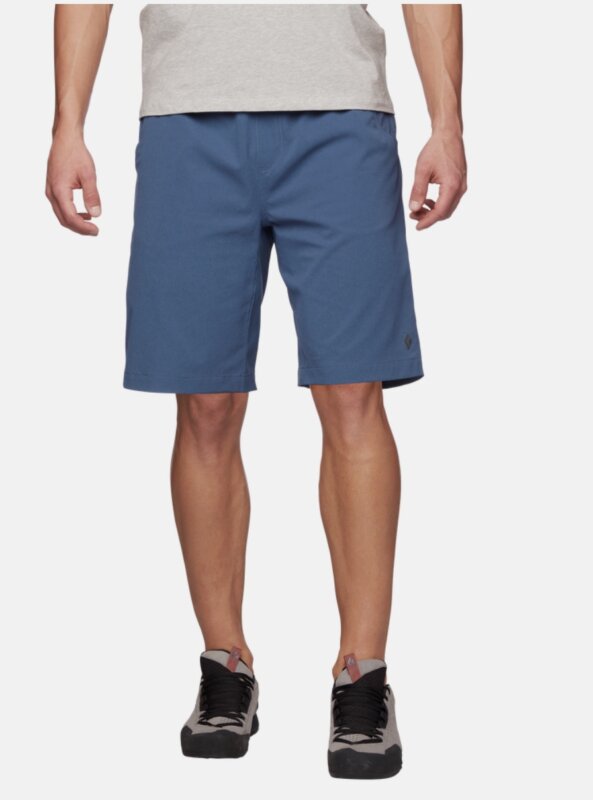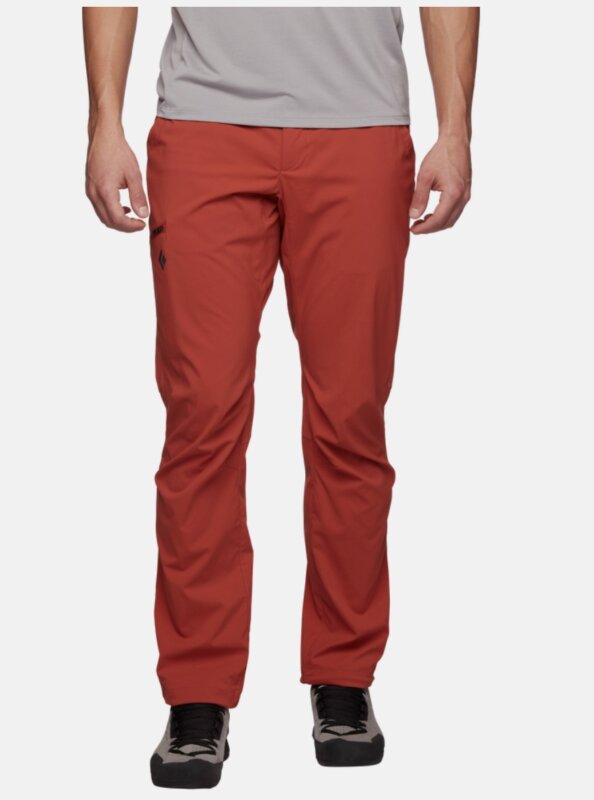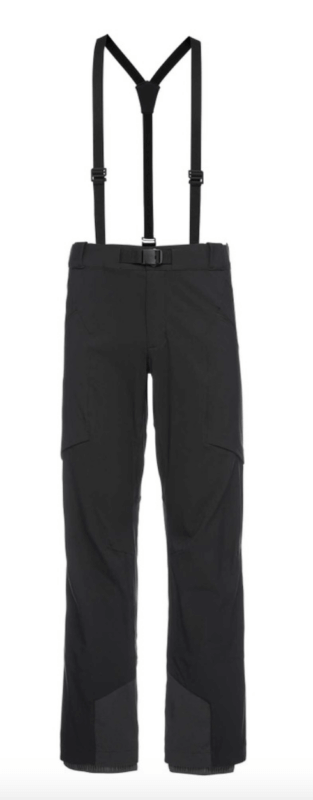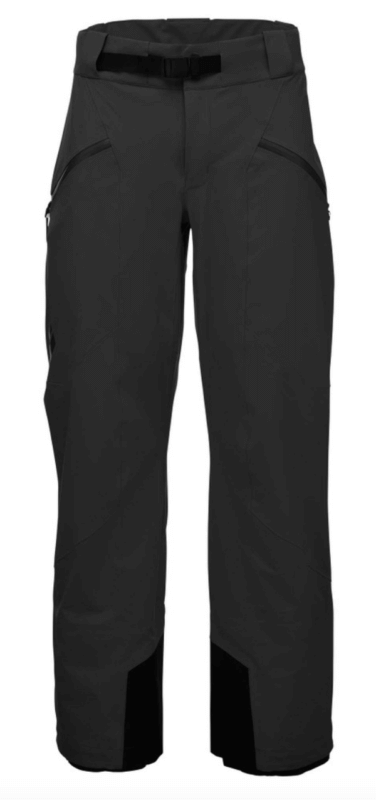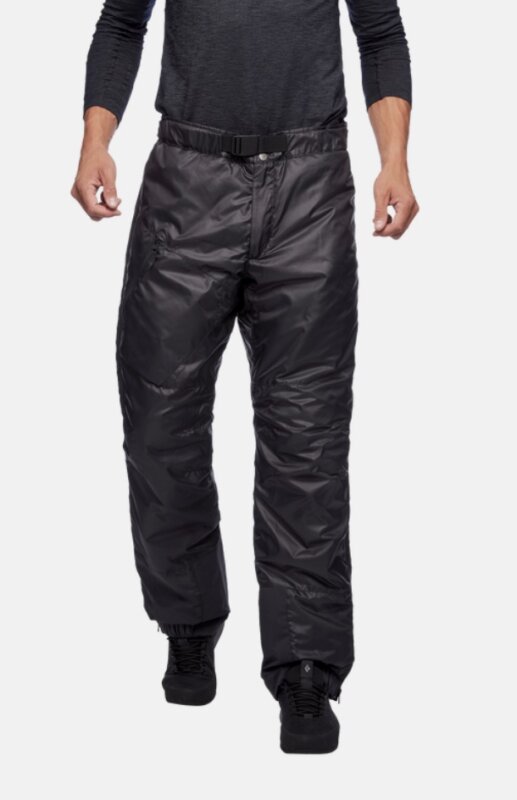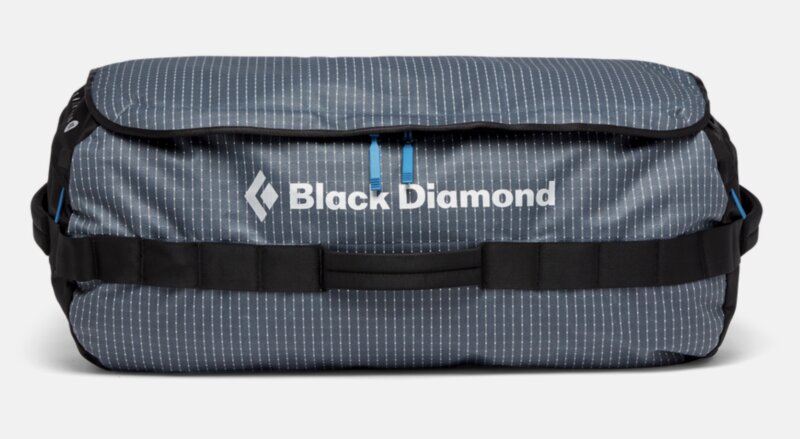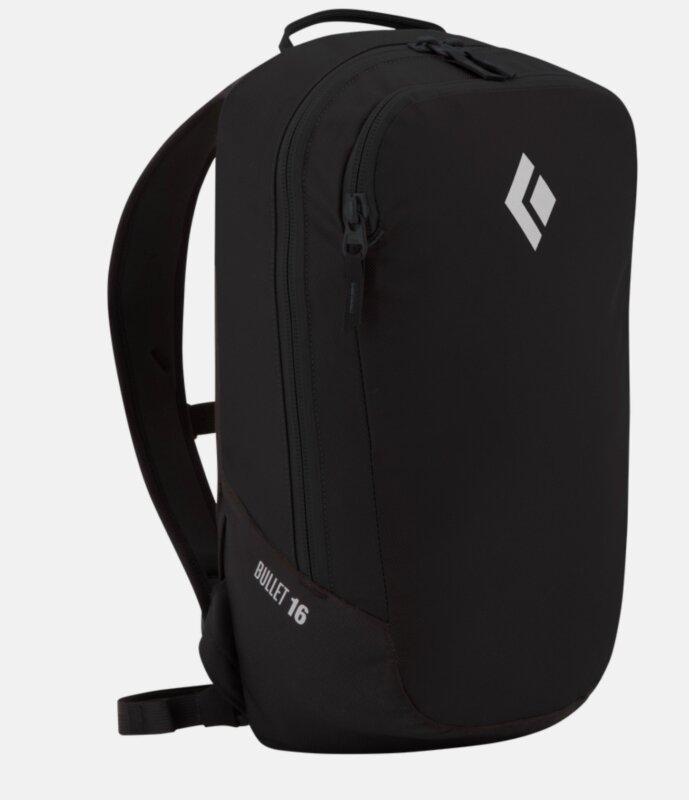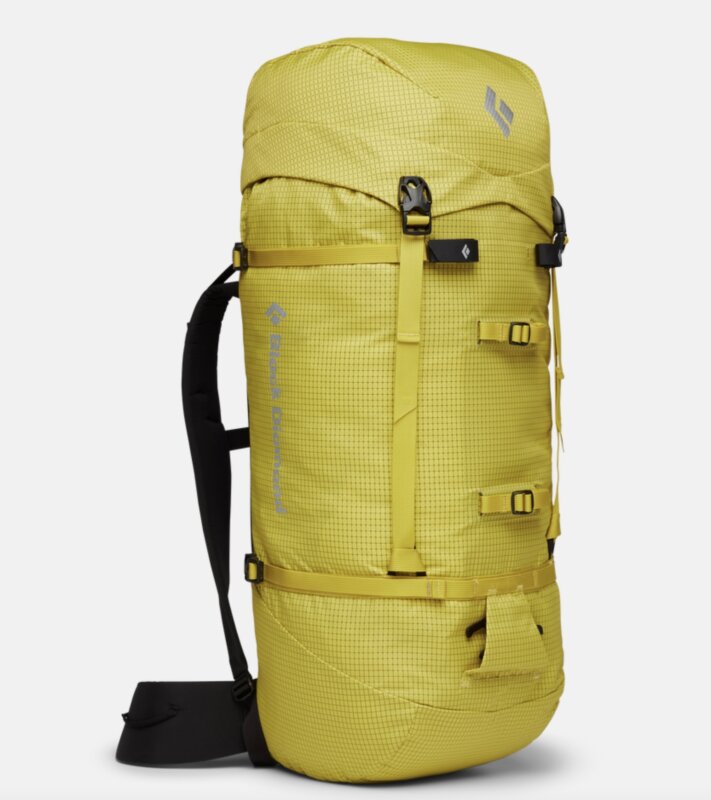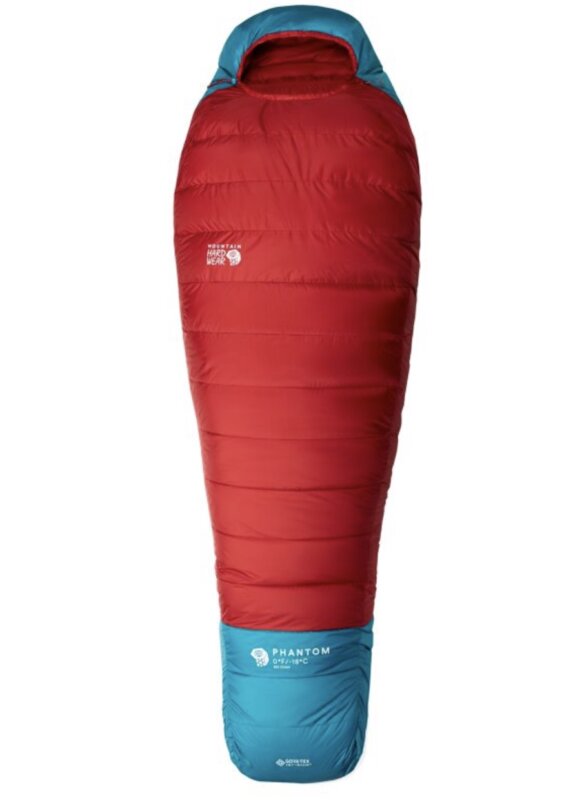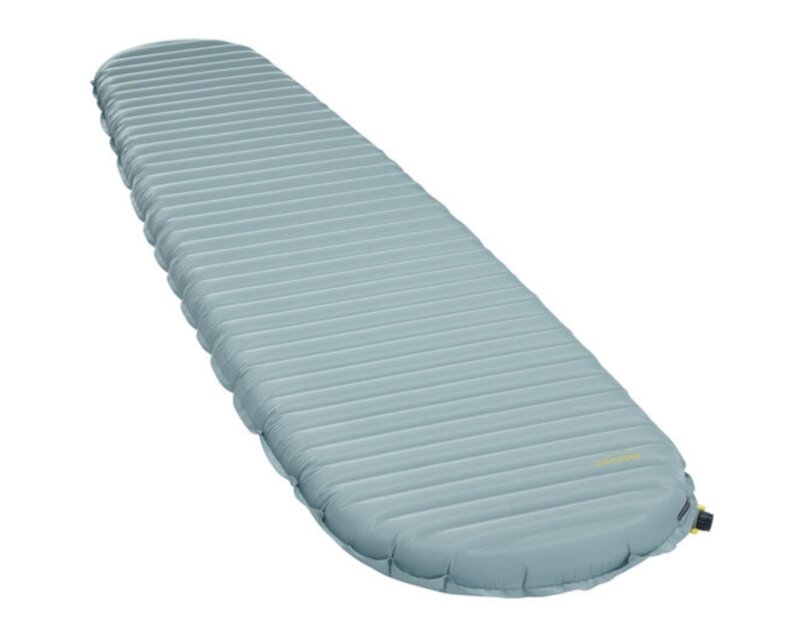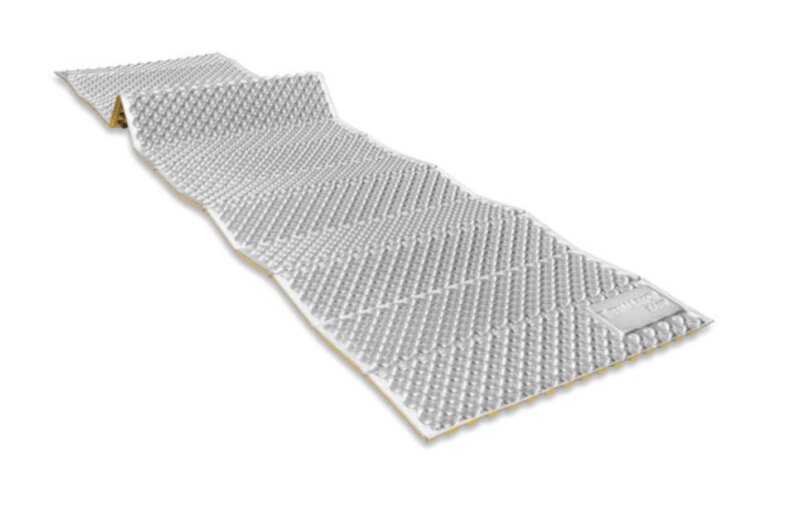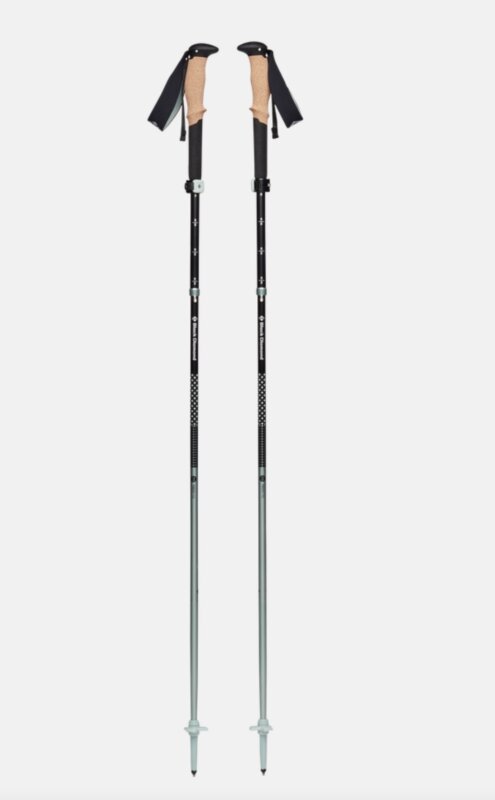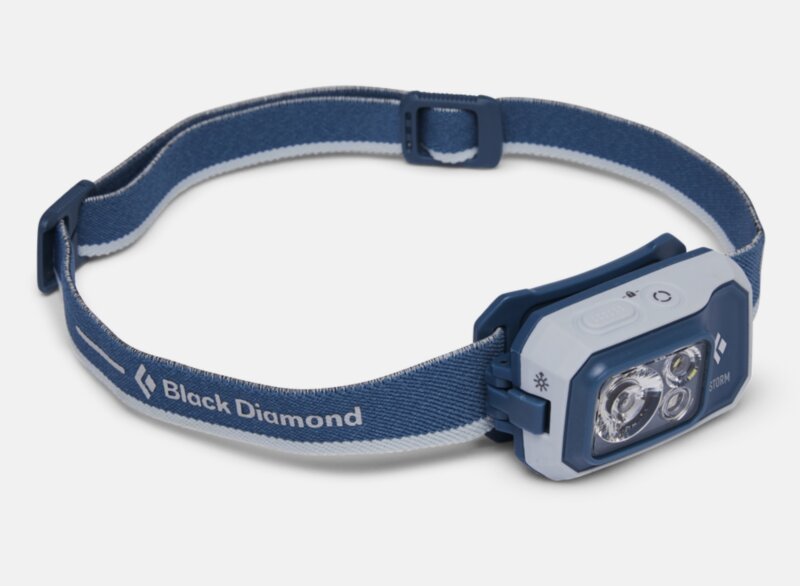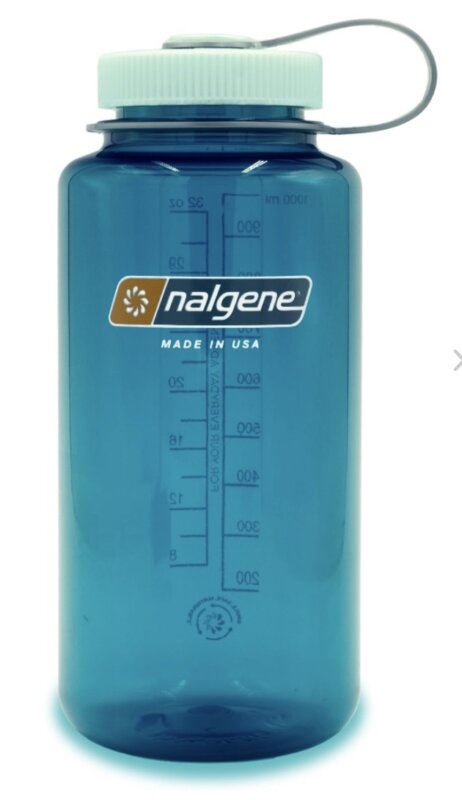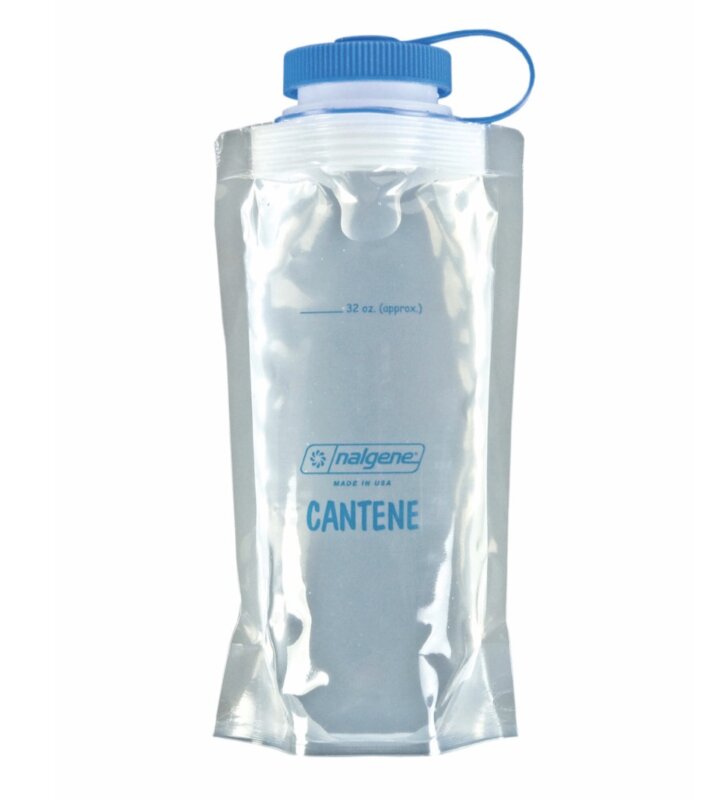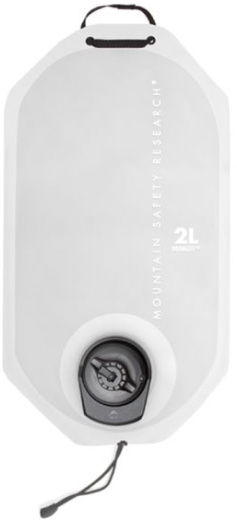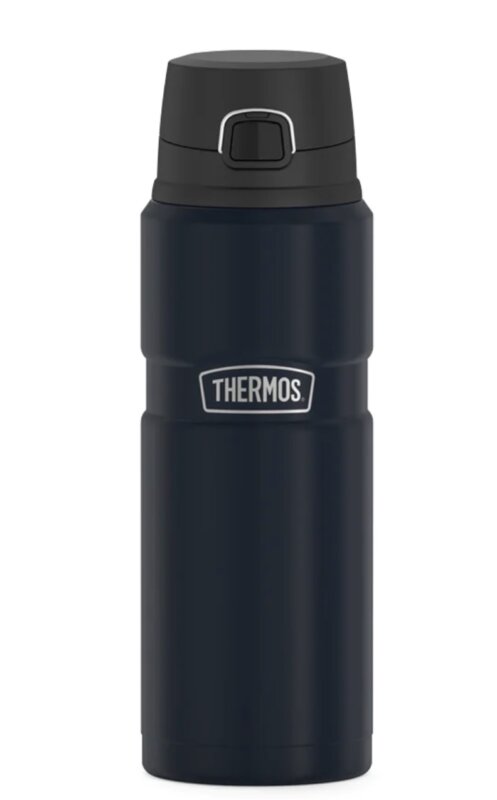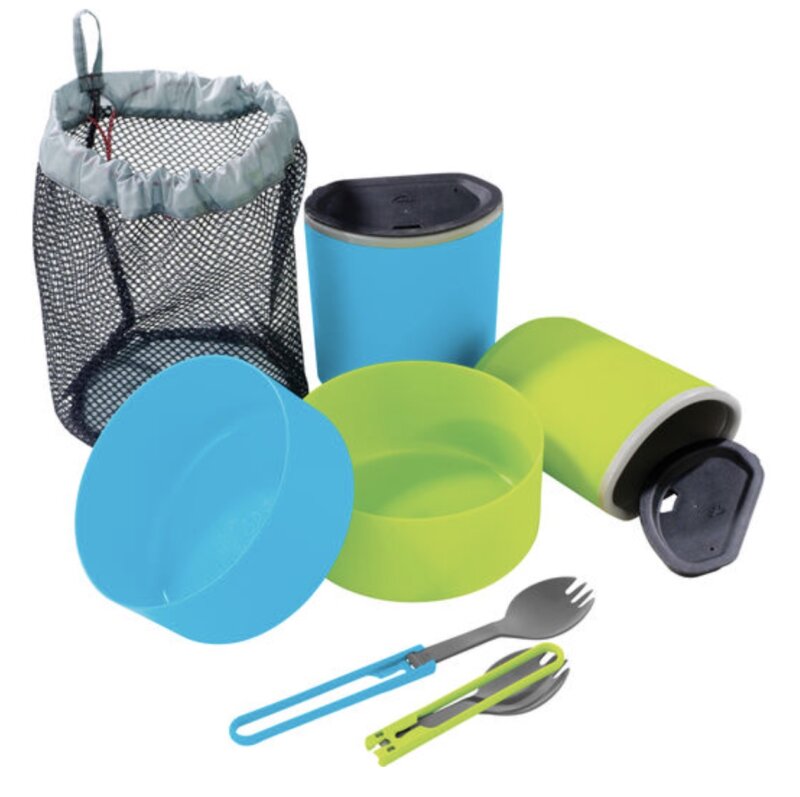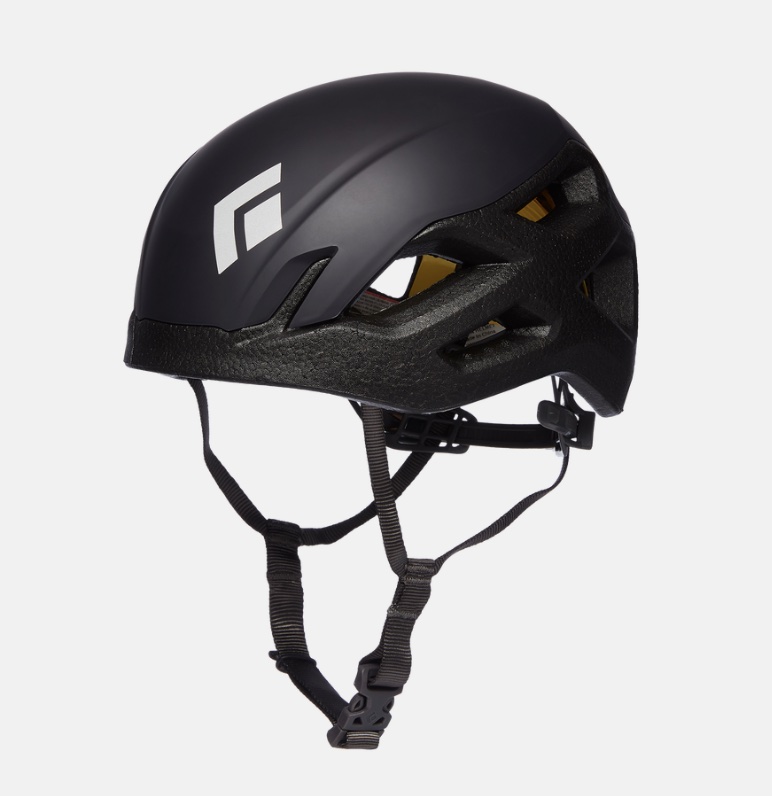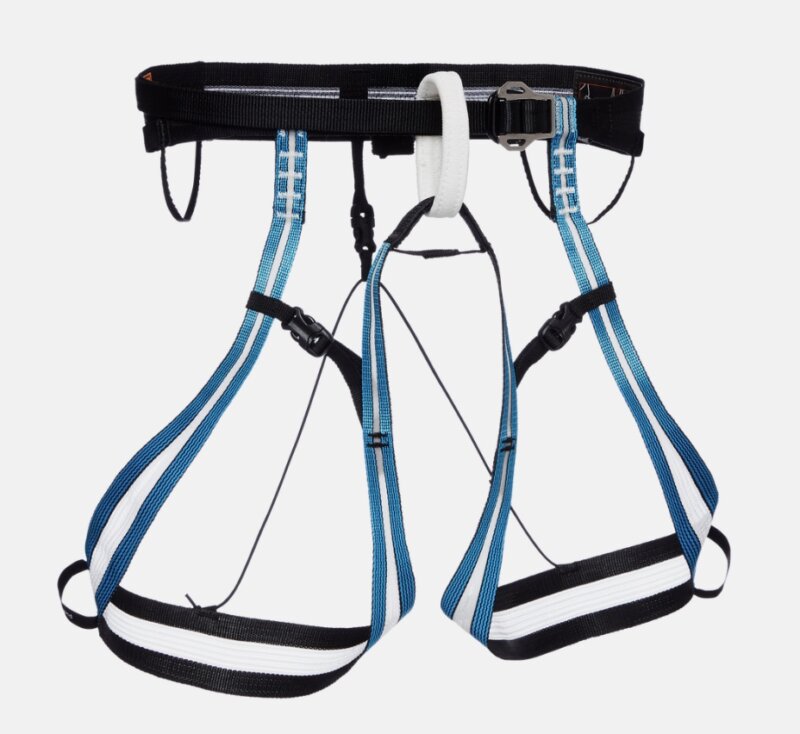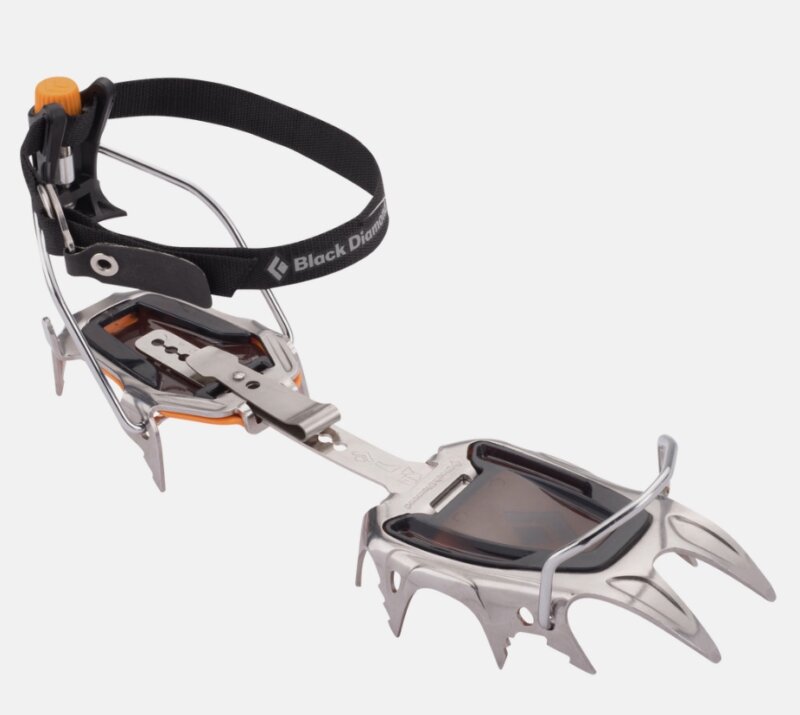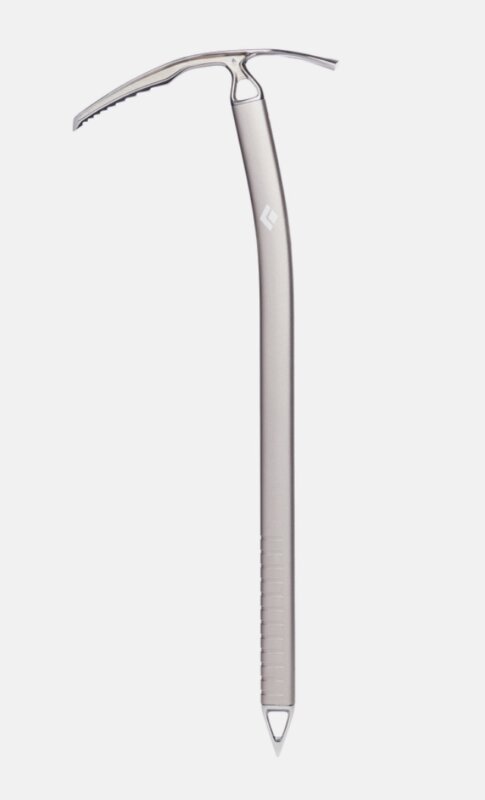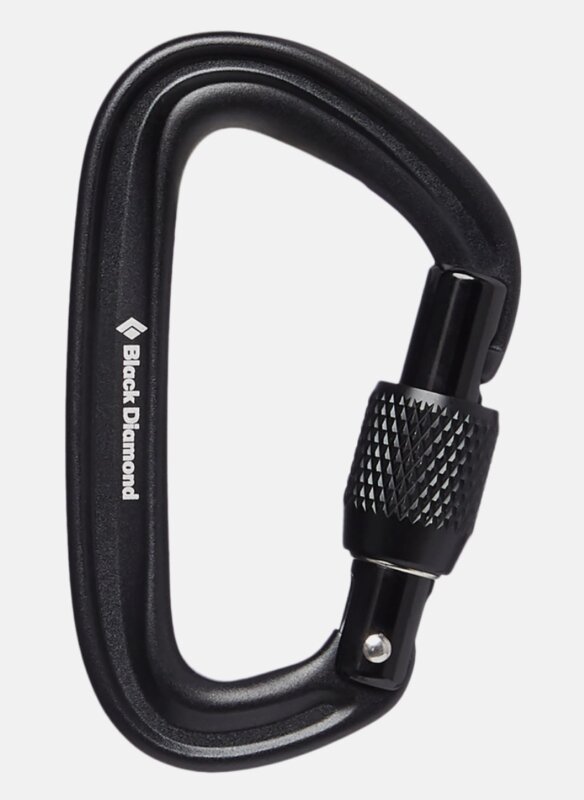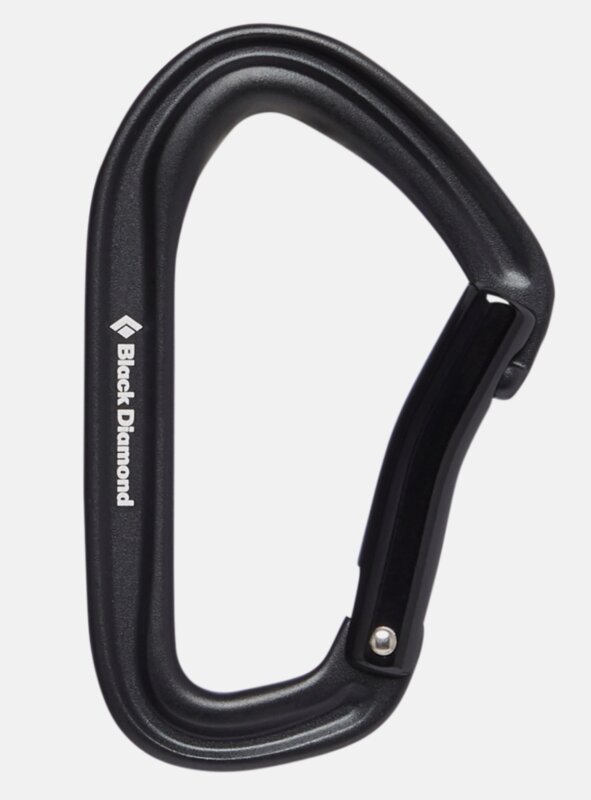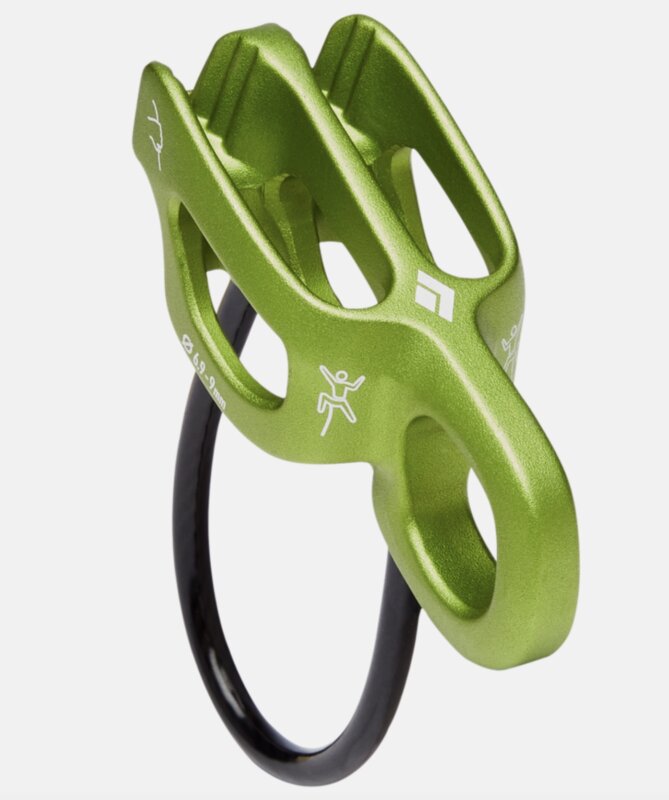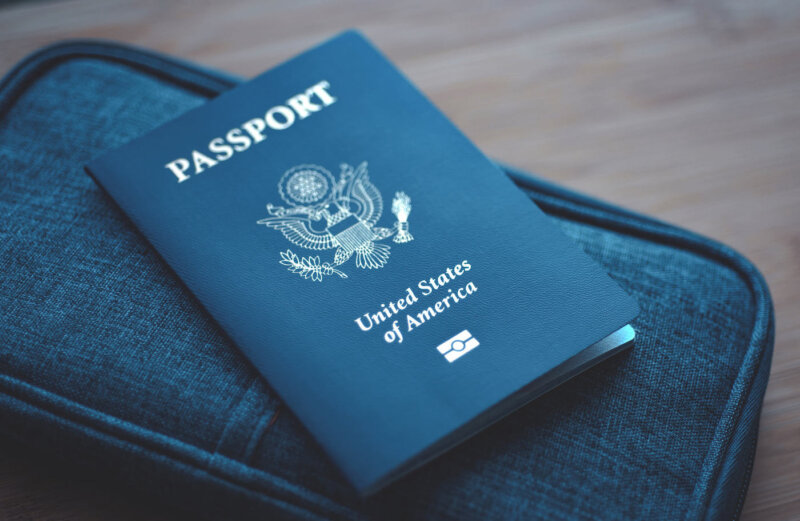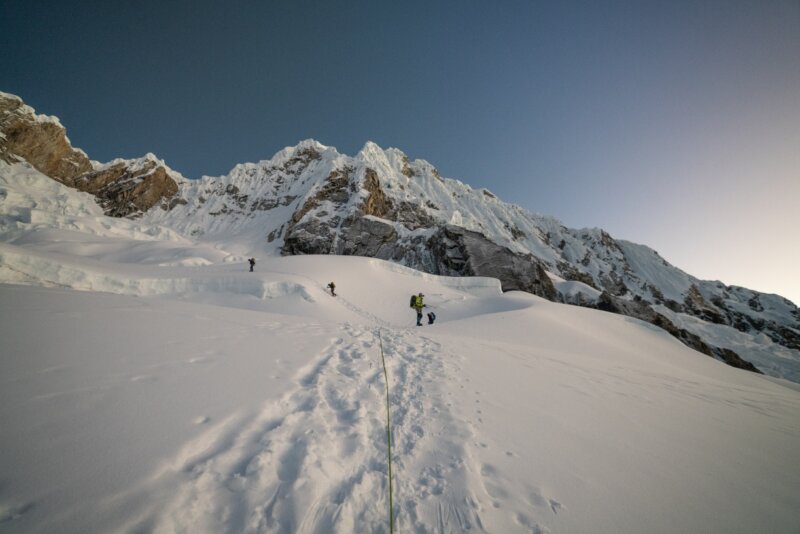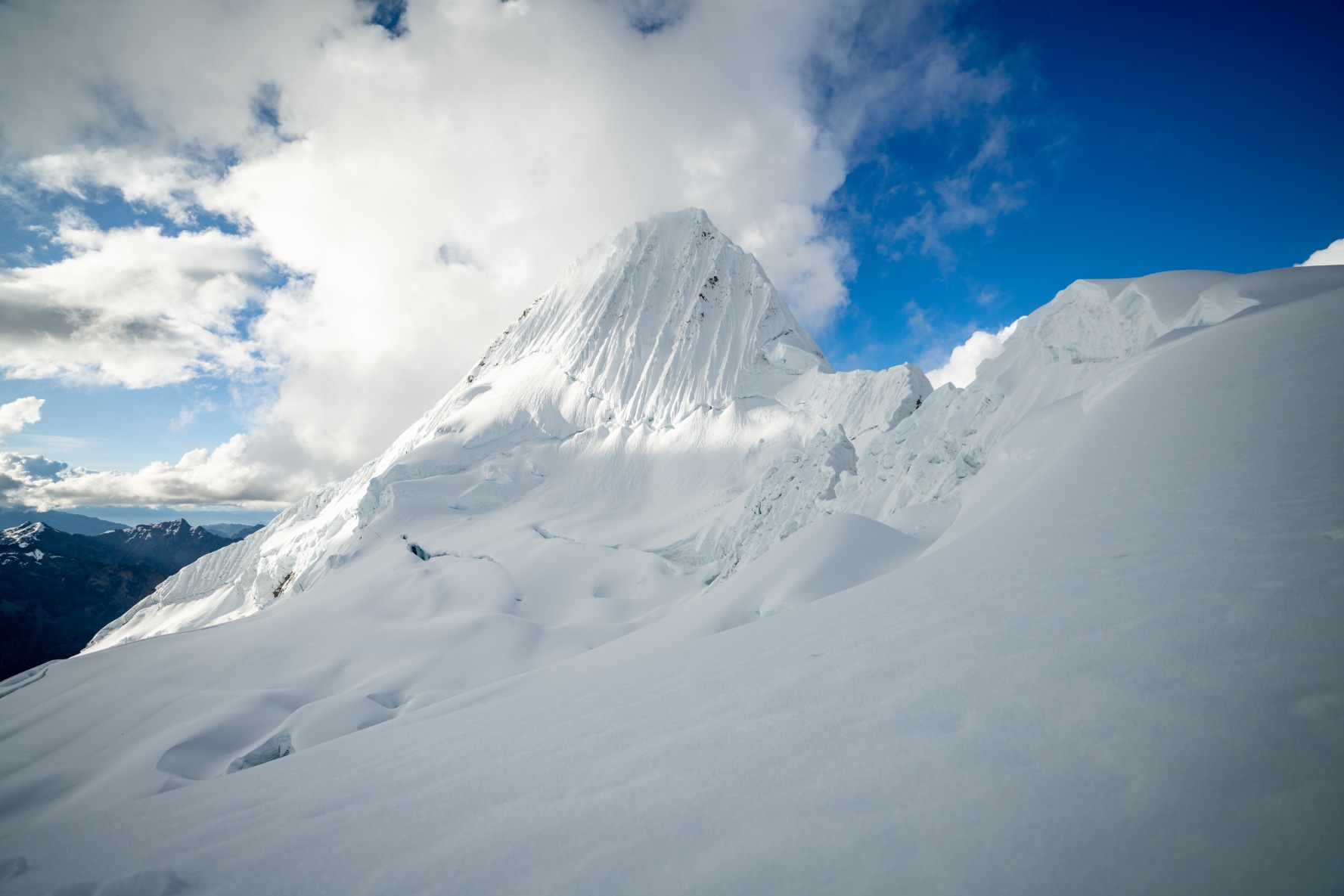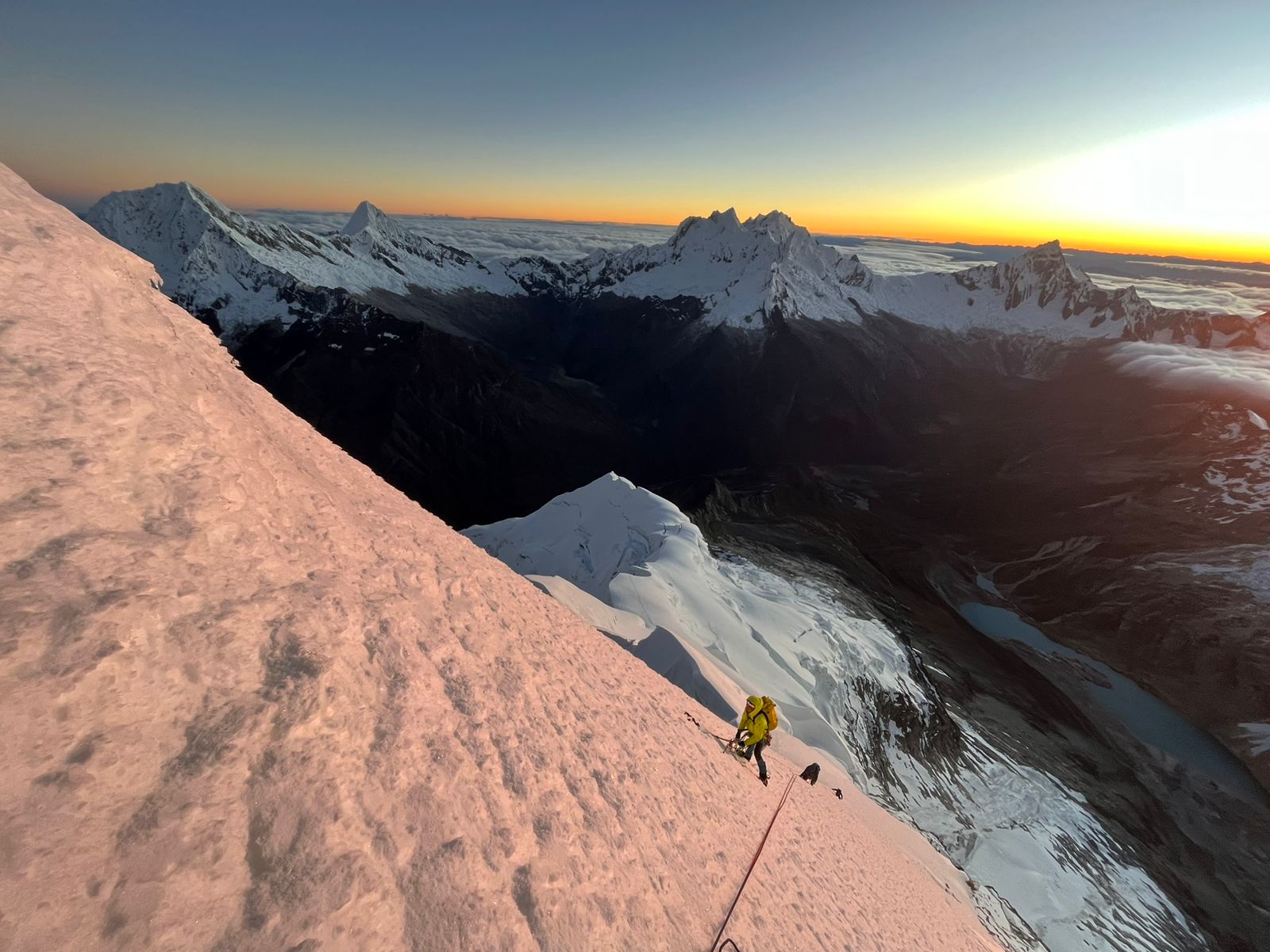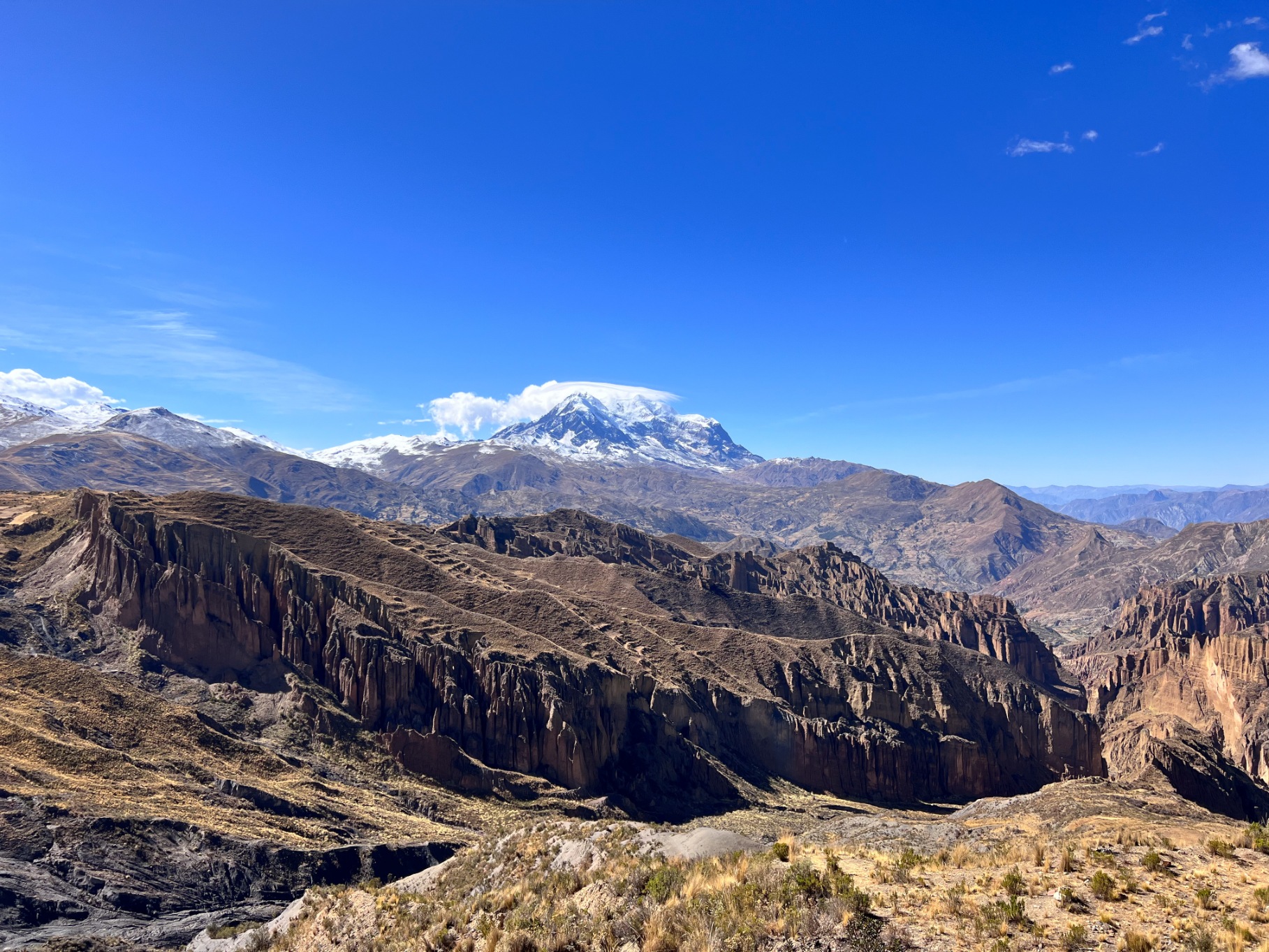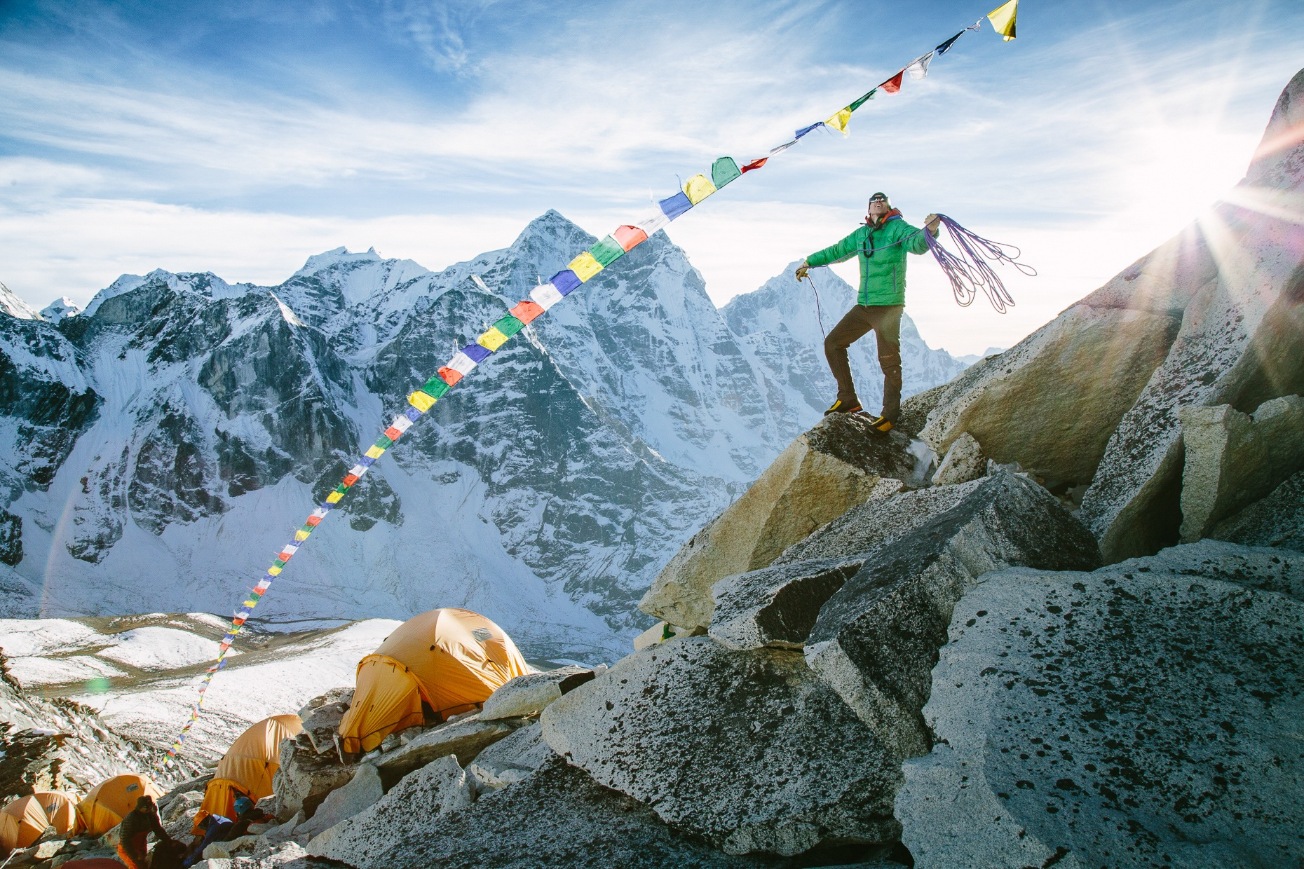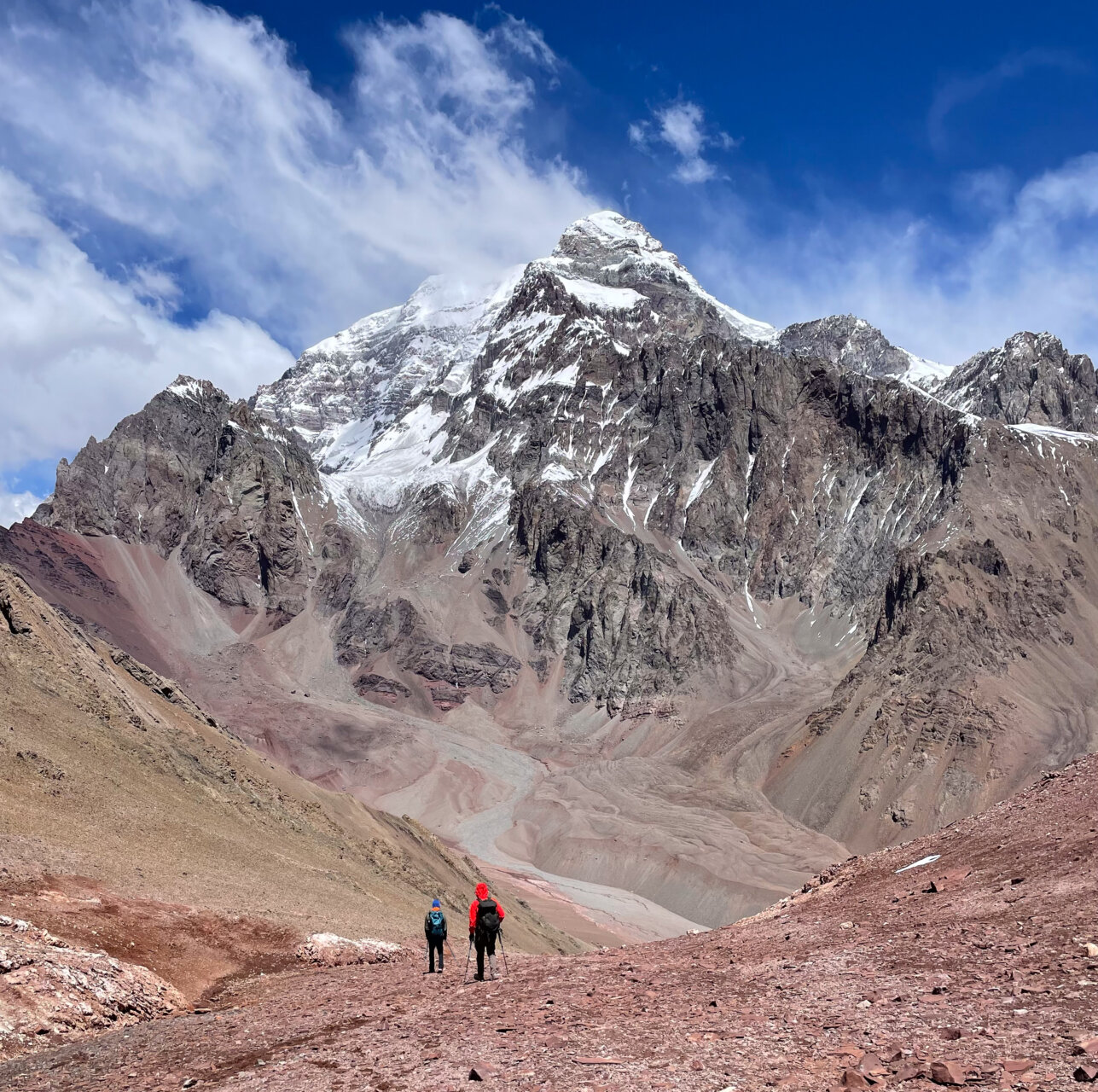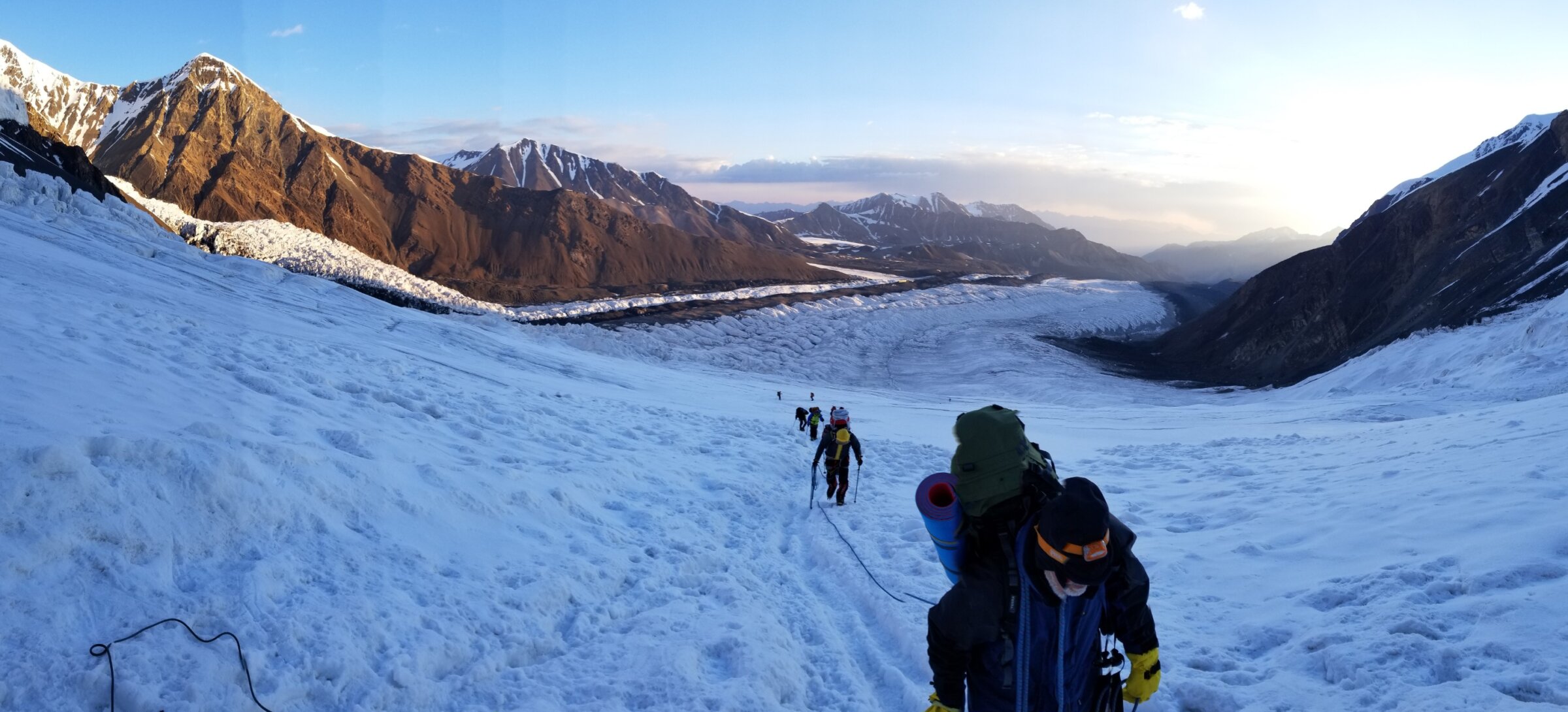Pisco & Chopicalqui
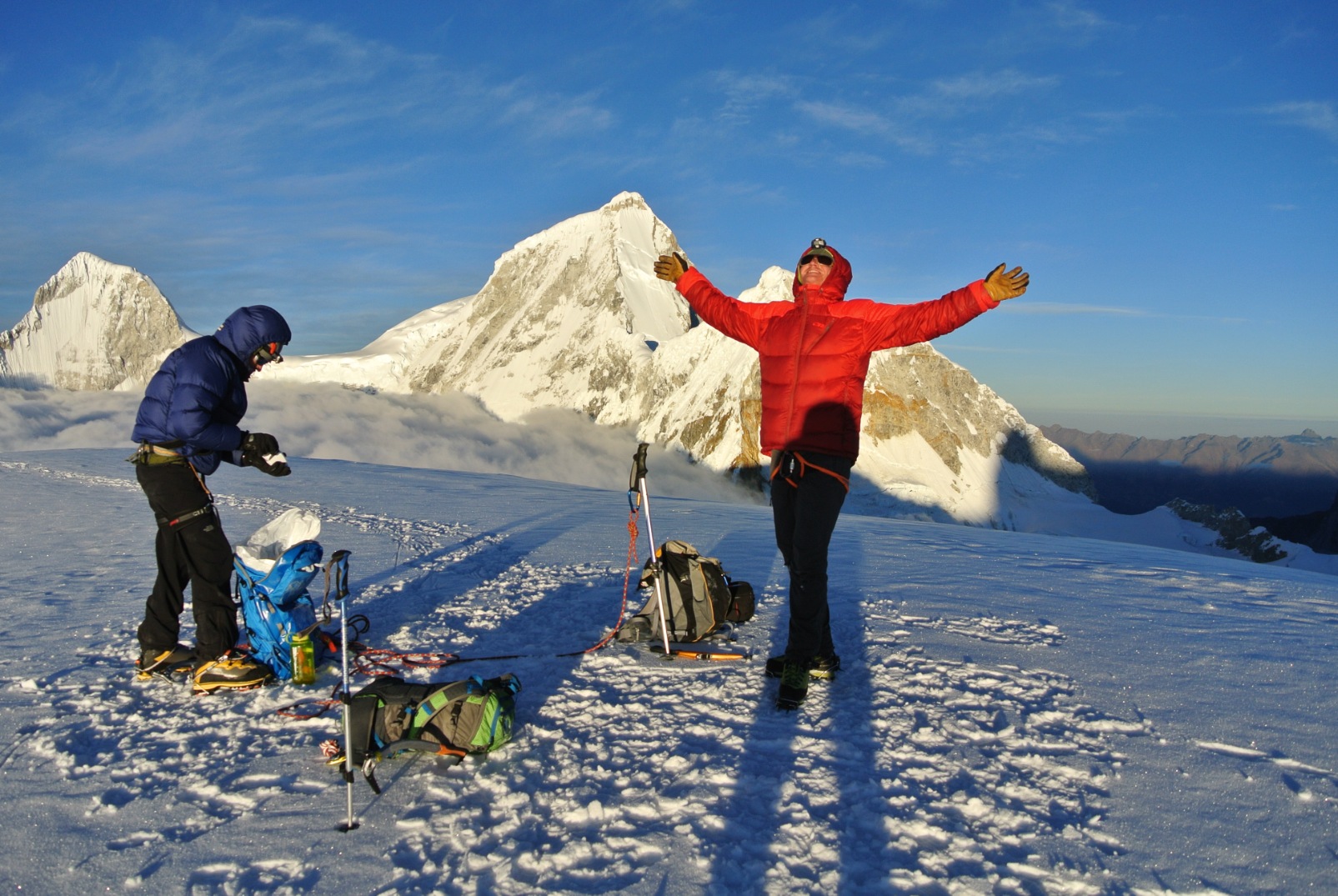
Pisco & Chopicalqui Expedition
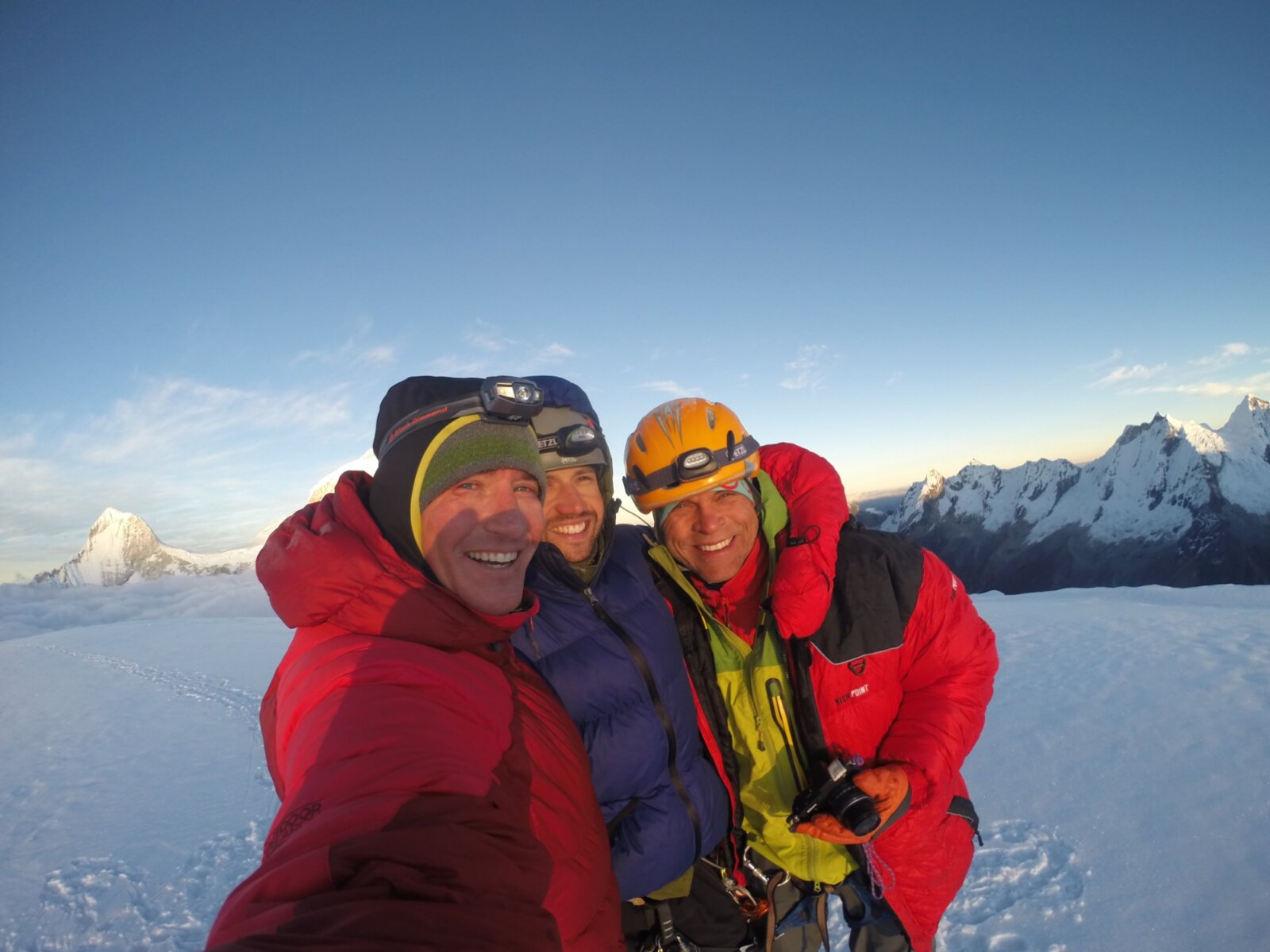
The Cordillera Blanca of Peru has been a destination for alpinists from around the world since the 1960s.
The tightly packed chain of the Cordillera Blanca offers a huge variety of terrain, including 22,000’/6,700m massifs like Huascaran, steep fluted ice faces like those of Alpamayo, and technical rock and mixed faces like those of Cayesh. It also offers many peaks like Pisco and Chopicalqui that are ideal for building basic high altitude mountaineering skills, all sitting above lush grassy valleys fed by clear alpine lakes.
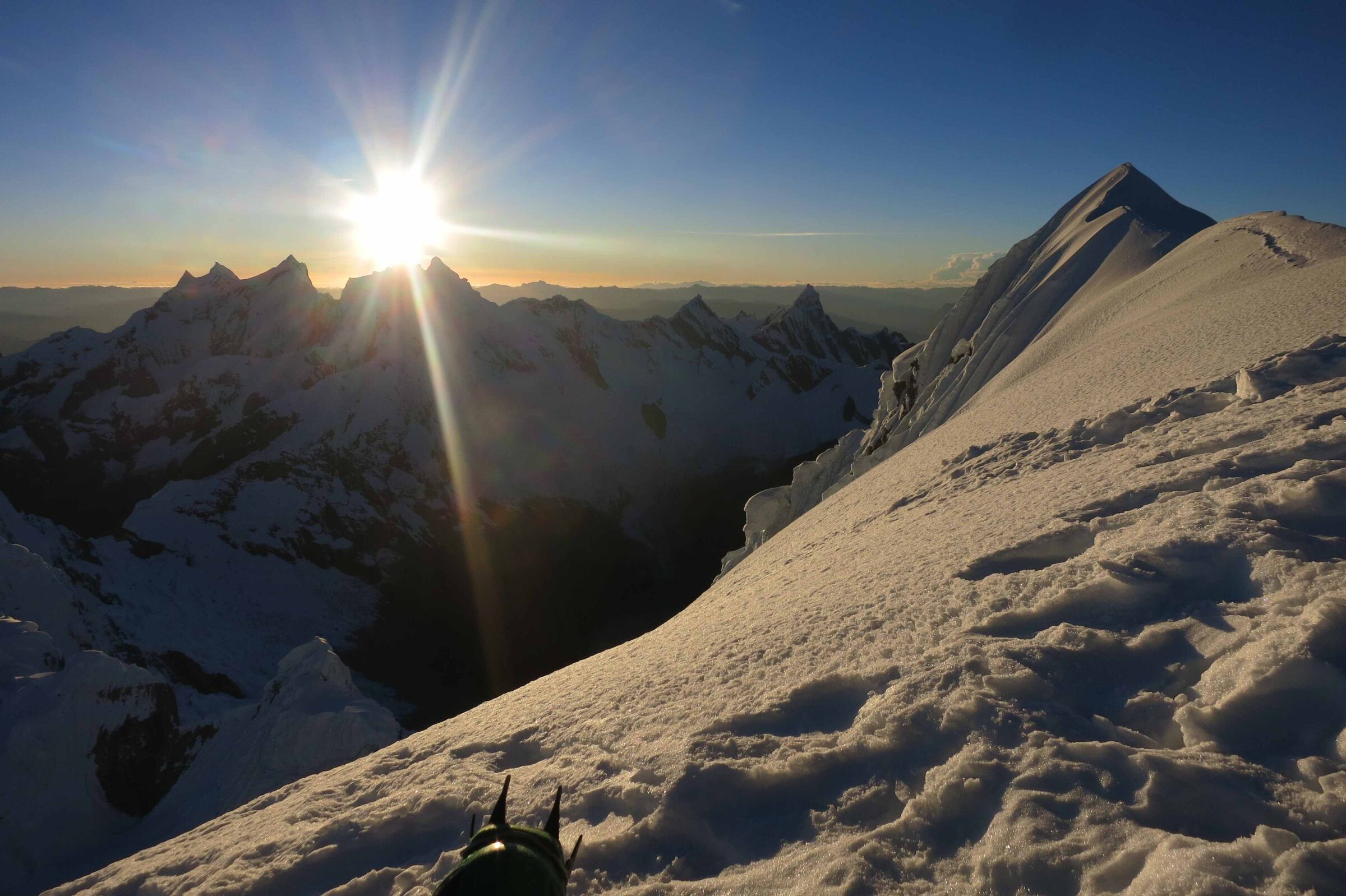
Pisco and Chopicalqui Expedition Itinerary
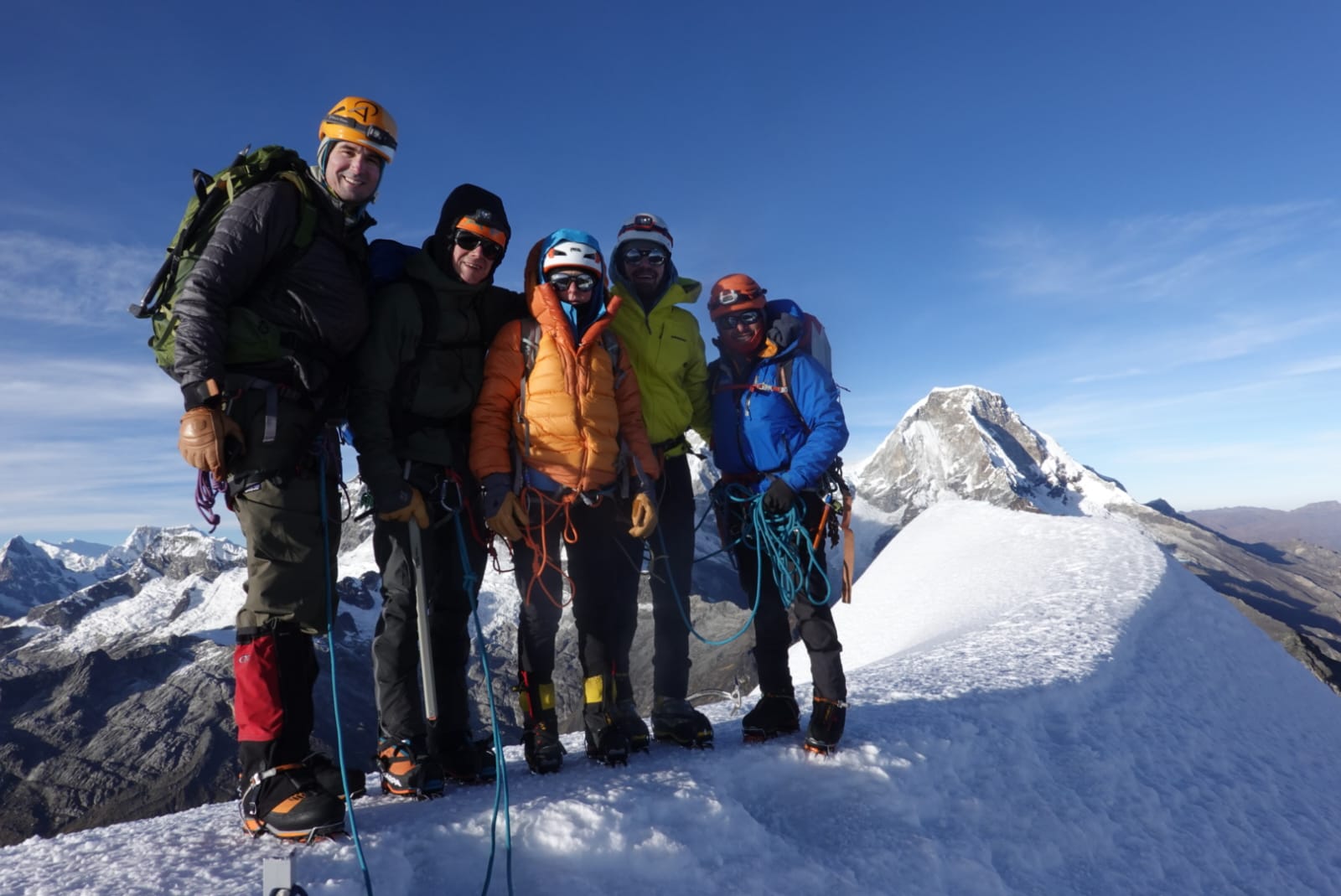
- Day 1
- Arrival
Arrive in Lima in the evening/night.
- Day 2
- Drive to Huaraz
Drive to Huaraz (8 hours) where we are based out of Olaza’s Guest House, a small but beautiful hotel (10,000’/3,050m).
- Day 3
- Acclimatize and Organize
An acclimatization and organization day in Huaraz.
- Day 4
- Drive to Pisco Base Camp
Drive to Pisco base camp in the Llanganuco Valley (12,500’/3,810m). This 3 hour drive takes us through beautiful farming communities and past the famed Llanganuco lakes.
- Day 5
- Hike to Cave Camp
Carry a load to Cave Camp on Pisco (14,000’/4,267m) and return to base camp.
- Day 6
- Move to Cave Camp
Today we move to Cave Camp on Pisco.
- Day 7
- Acclimatize at Cave Camp
Acclimatization day at Cave Camp. Today, we review glacier travel and crevasse rescue skills while we wait for our local staff to bring us a hot lunch from base camp.
- Day 8
- Climb to Moraine Camp
Today we climb from Cave Camp to Moraine Camp (16,000/4,877m). This climb crosses a rocky glacier before a steep ascent into camp in a small sandy basin just below the toe of the glacier.
- Day 9
- Summit Day
The climb to the summit of Nevado Pisco (18,872’/5,752m) begins on 3rd-class rock slabs before stepping onto the glacier. From the toe of the glacier, we climb moderate slopes to a saddle on the ridge between Pisco and the Huandoys. As the sun rises, we climb steeper exposed slopes and crossing multiple crevasses to the final summit bulge. This final slope is often very steep, necessitating excellent crampon and vertical ax technique and a tight belay! After our climb, we pack up high camp and return to base camp.
- Day 10
- Rest Day
Rest in base camp, where we enjoy the best food the backcountry has to offer from our local staff.
- Day 11
- Rest Day with Active Option
Another rest day, with an optional excursion to Laguna 69 (15,500’/4,724m), one of the most beautiful high altitude lakes in the world.
- Day 12
- Move back to Moraine Camp
Leave base camp, and ascend to Moraine Camp (16,000/4,877m) on Chopicalqui, with the help of one or two high-altitude porters.
- Day 13
- Rest Day
Rest in Moraine Camp, and possibly carry a load to high camp.
- Day 14
- Climb to High Camp
Move onto the glacier and ascend to high camp, which sits on a flat glacier bench at 18,000 feet (5,486 meters).
- Day 15
- Summit Day
Attempt Chopicalqui’s summit at 20,846’/6,354m. The route ascends a knife-edge ridge for over 2,000 vertical feet (610 meters), with long traverses regularly interrupted by short, steep headwalls. This is a summit to be incredibly proud of. In most years, only a few strong teams from around the world are successful. After the summit we descend to Moraine Camp.
- Day 16
- Descend
Descend to base camp.
- Day 17
- Drive to Huaraz
Our van picks us up early in the morning and returns us to Huaraz, where we celebrate with hot showers, a great meal, and salsa dancing at the local discotheque.
- Day 18
- Departure
We depart from Huaraz back to Lima to catch our flights (after 11pm). Say goodbye to your team and head home!
